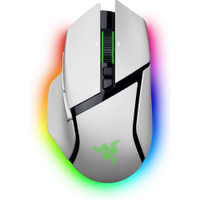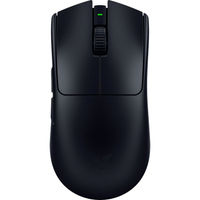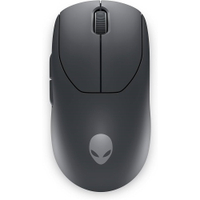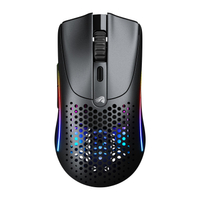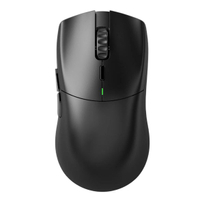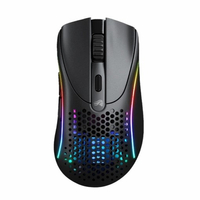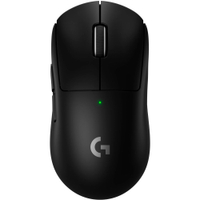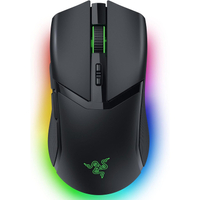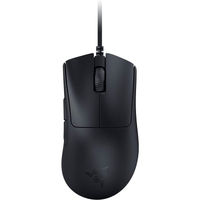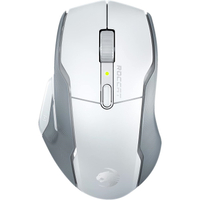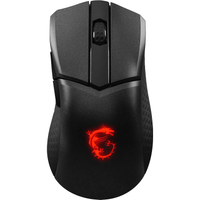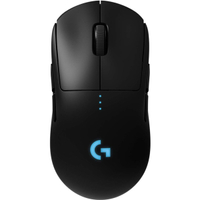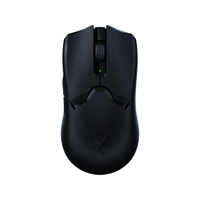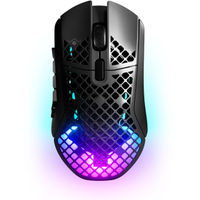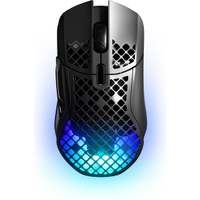The best gaming mouse in 2025: all the latest releases compared
I've tested the latest models to find the best gaming mouse for precision, performance, and value

The best gaming mouse isn't necessarily the fastest, nor is it the one with the most buttons. Instead, the right rodent will be the one that matches your playstyle best while still offering solid value for money. These pointers come in all shapes and sizes these days, and while some specs and designs make particular gaming mice better overall, it's well worth examining what you need from your device before heading to checkout.
For example, the best gaming mouse I've tested so far is the Logitech G Pro X Superlight 2 DEX. This speed-focused lightweight mouse has a far more comfortable form factor than other flagships in its class, all while offering super satisfying main clicks and a boosted sensor. Of course, not everyone needs all those extra features, and some would benefit from dropping a few altogether. That's why I'm also hunting down the best gaming mice for a range of genres and use-cases.
I've been reviewing gaming mice for years now, having survived the super angular days of yore with all my digits intact. I know what kinds of features casual and competitive players need to know about, and which ones they can afford to forget - but my eye is always set on the biggest prize; value for money. You'll find all the best gaming mouse models I've tested so far just below, as well as all my tips and tricks for finding the right rodent for you further down the page.
The quick list
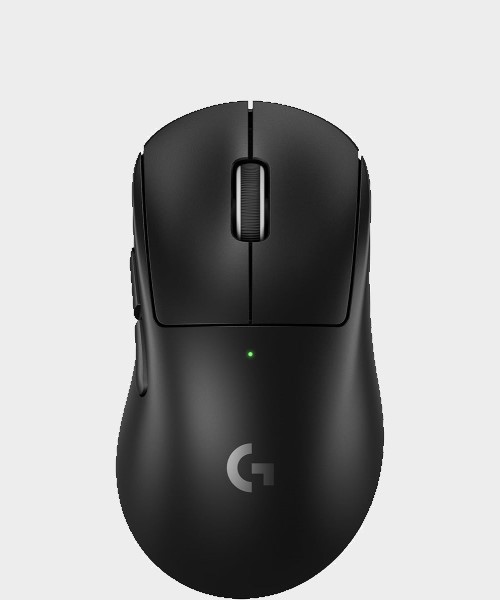
It took Logitech three tries, but it's nailed its Superlight form factor with crisp clicks, a super-fast sensor, and a particularly comfortable form factor in the DEX model.
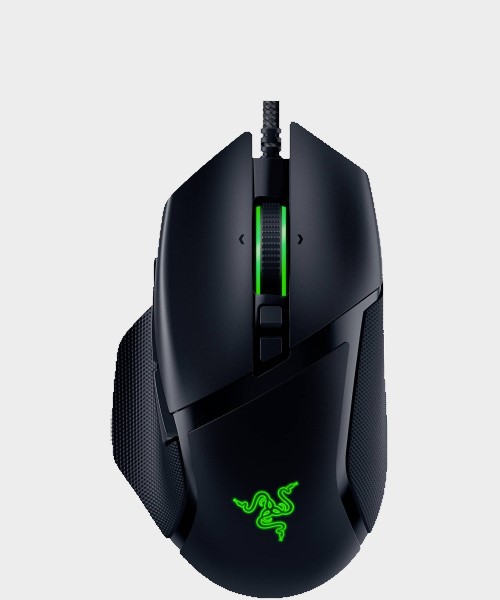
It might be wired, but the Basilisk V3 packs excellent value for money with plenty of extra buttons, a speedy sensor, and comfortable design.
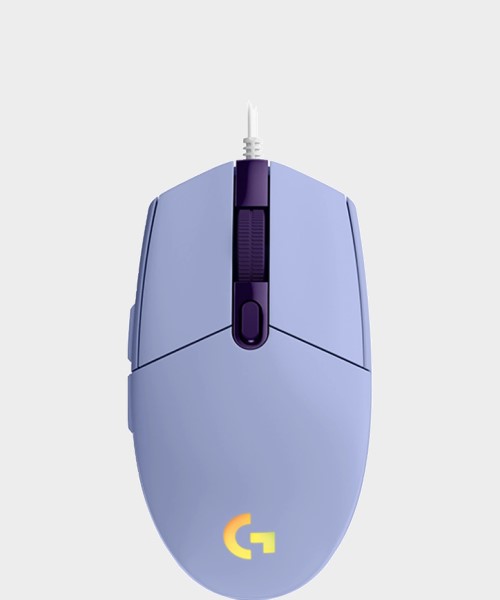
The Logitech G203 Lightsync is regularly found for under $30 but still features extra programmable buttons, mechanical switches and a slick shape.
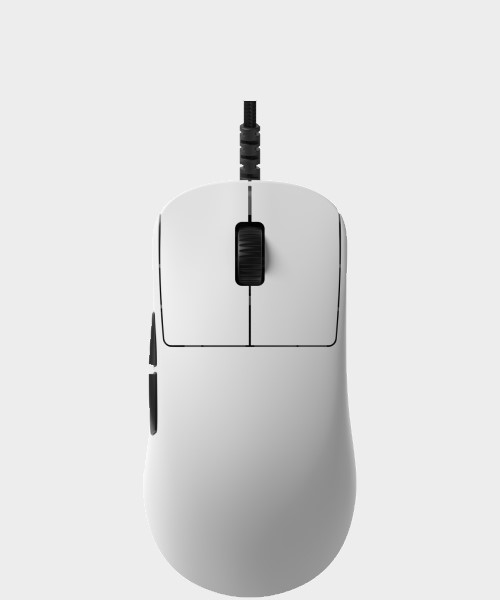
Don't want the faff of a wireless connection? The Endgame Gear OP1 8K provides a super slick wired experience while also offering all the speed you could ask for at a great price.
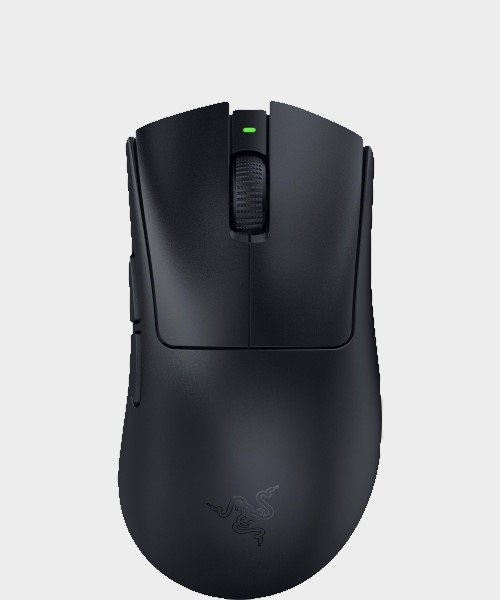
The latest DeathAdder strips out the fancy features most players won't use and leaves us with a super efficient price tag.
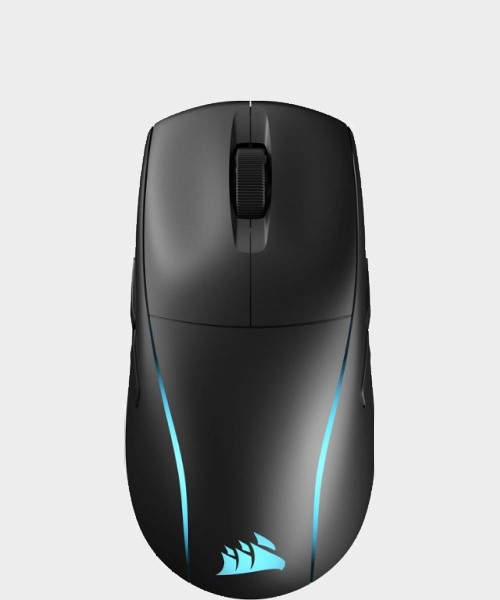
With removable side buttons on each side and a flat but still ergonomic dome, the M75 Wireless is an ambidextrous go-to.
Load the next 3 products ↓
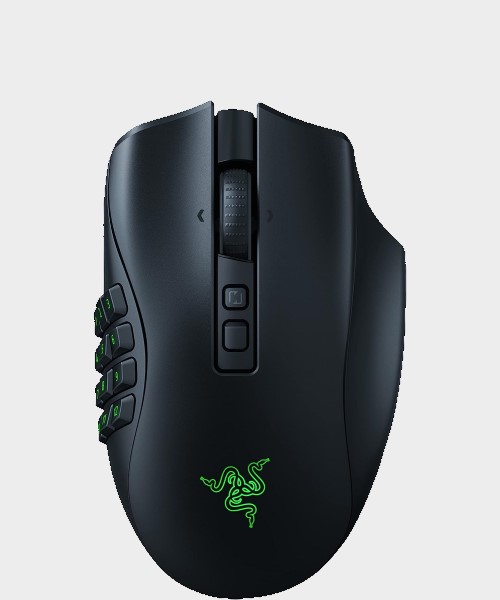
The Razer Naga V2 Pro can be anything you want it to, thanks to three swappable panels offering different button arrays. It's a more unique shape but it's a beast.
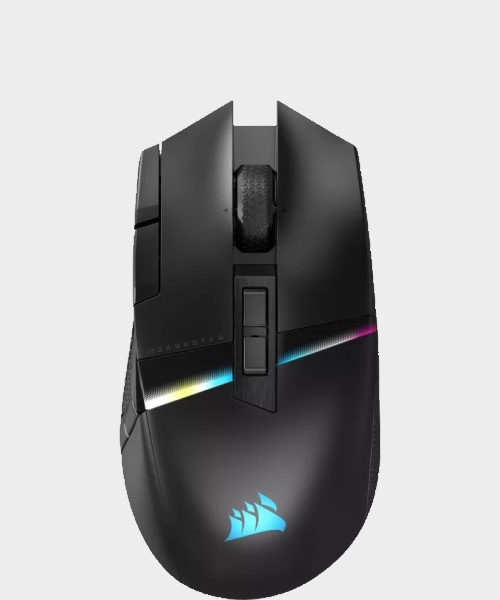
It takes a little time to get used to the Corsair Darkstar Wireless's side button placement, but once you do the benefits are immediate. It's a different take on an MMO mouse, but one that's sure to win over more relaxed players.
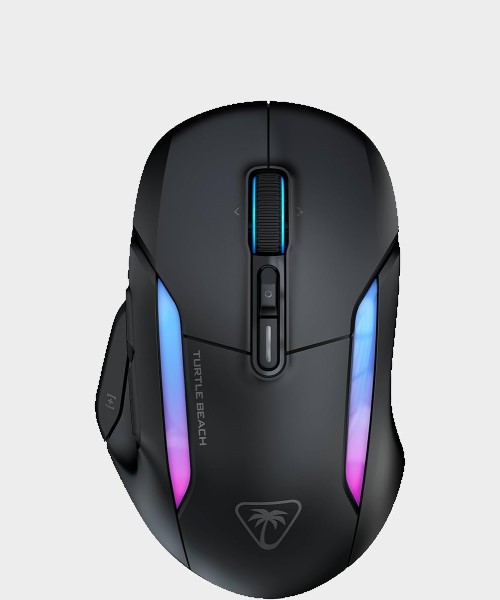
A wide base and super contoured chassis makes the Kone II Air an incredibly comfortable gaming mouse, especially for those with large hands.

I've been plugging away at more competitive skills for years now, and reviewing all the mice that have told me they would get me there faster along the way. I originally started testing pointers for Gamesradar+ back in 2020, before joining the team fully a year later. In the four years since I've had my hands on all the latest and greatest gaming mice, hunting down speed, comfort, and - most importantly of all - value for money.
Recent updates
April 15 - The Razer Basilisk V3 Pro 35K has been under the microscope over the last few weeks, and while it's certainly an impressive device in its own right it doesn't offer enough benefits to be worth the jump from the previous model. It's worth a look if you like the larger shape and additional buttons of the Logitech G502 range, especially if you need laser-fast speeds, but if you're looking to save some cash the original Razer Basilisk V3 Pro is much better value overall. The 35K device has been added to the 'Also Tested' section of this page, and relevant entries below have been updated with additional context.
The best gaming mouse overall

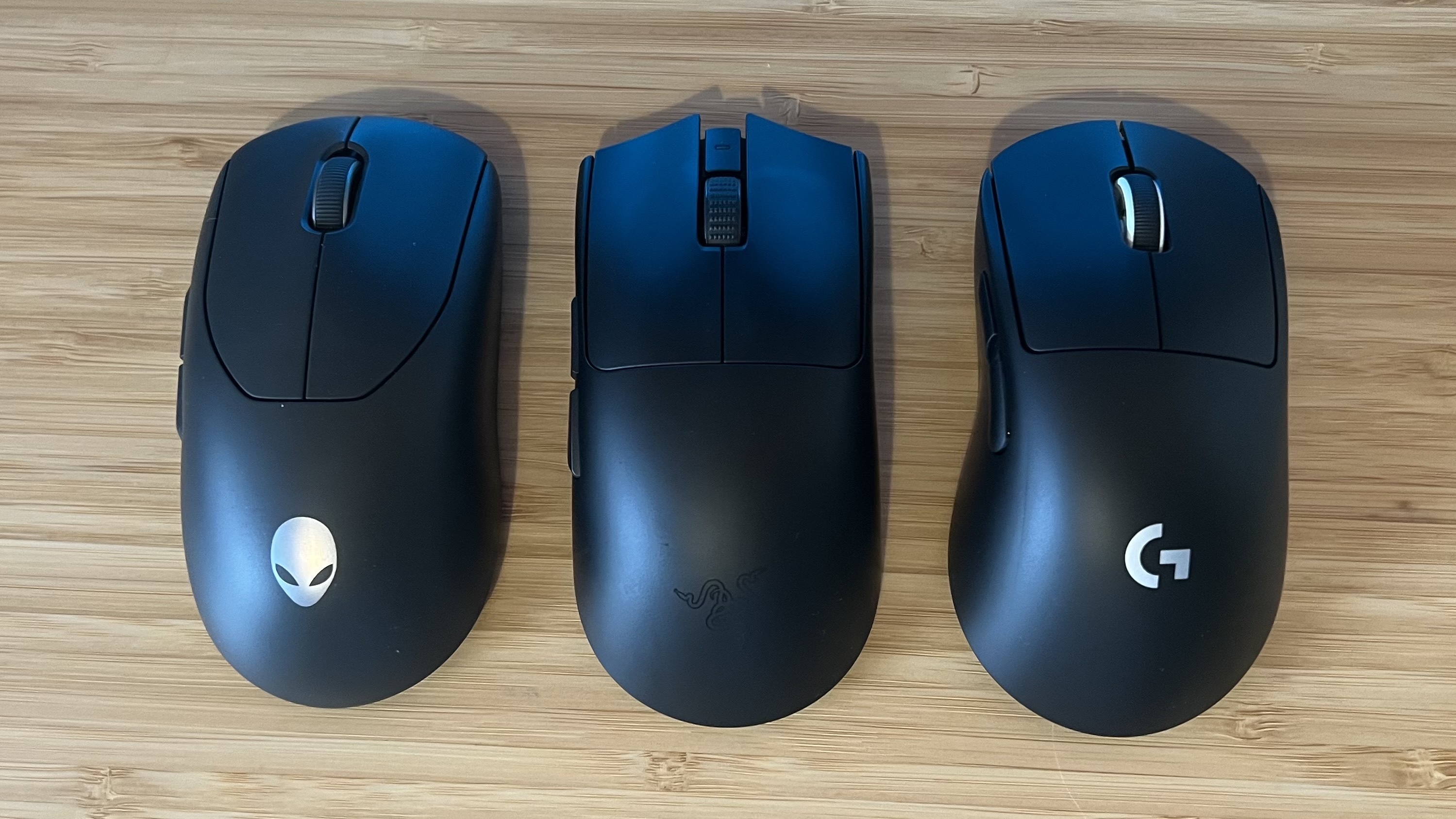
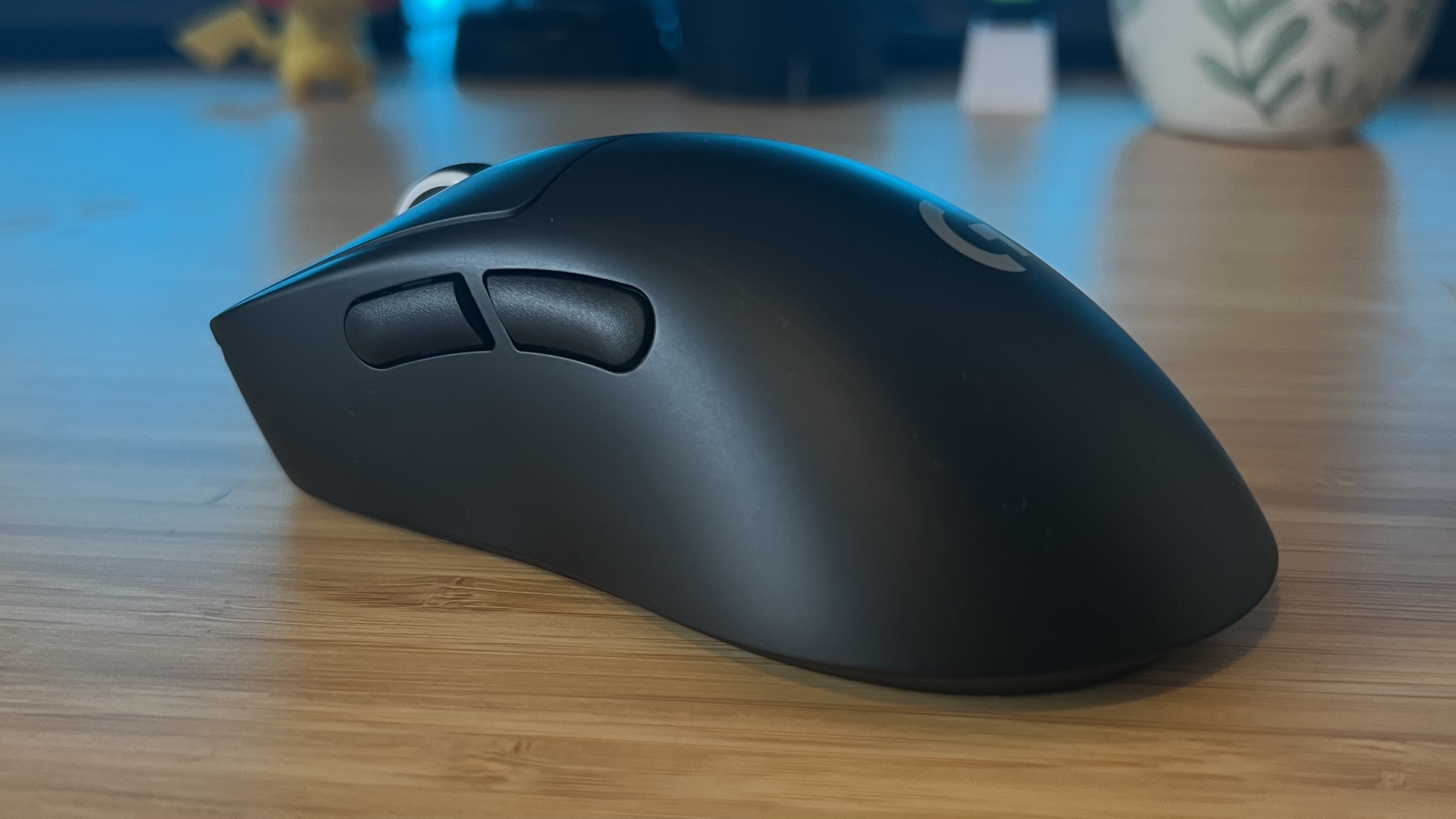
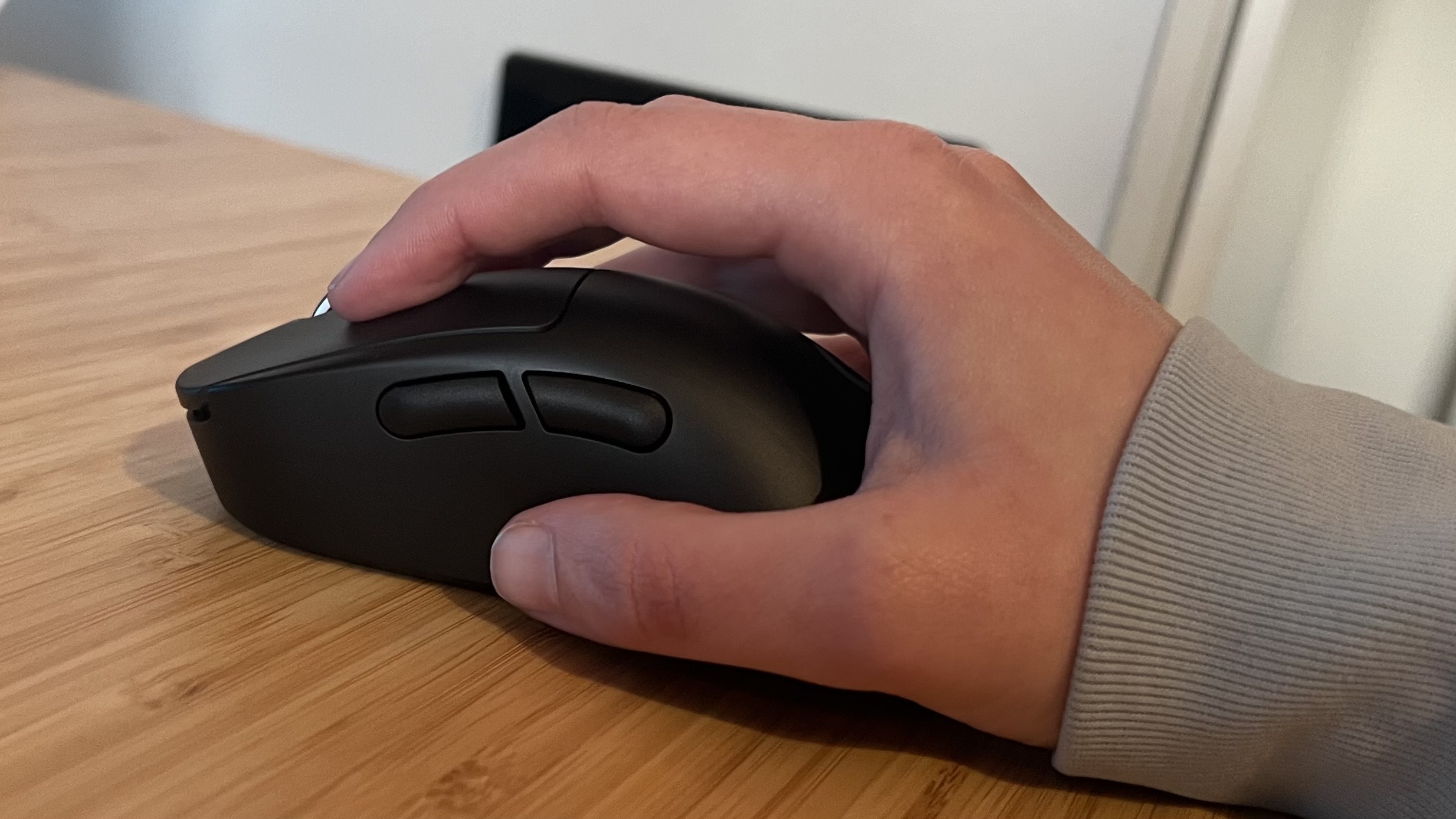
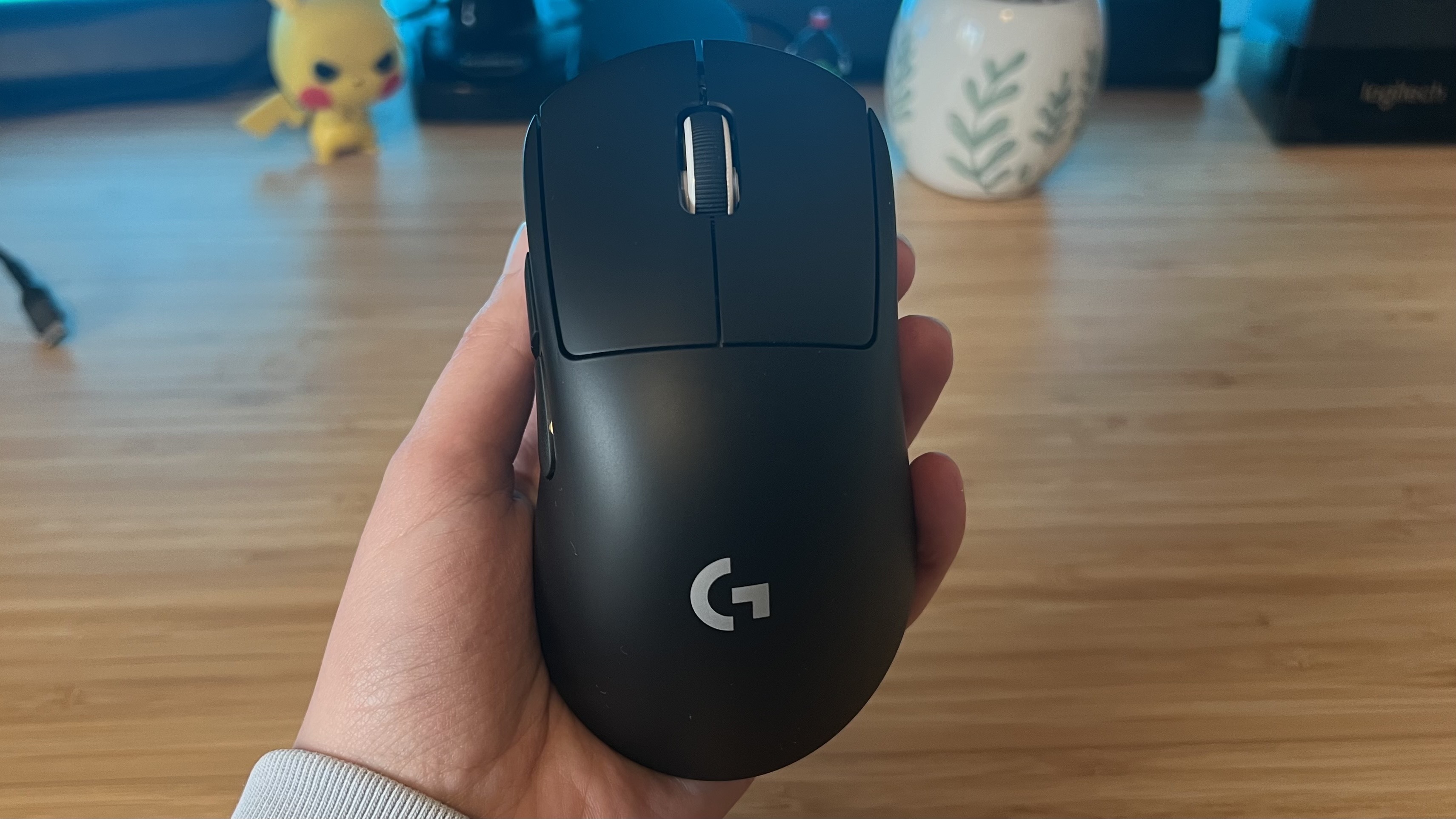
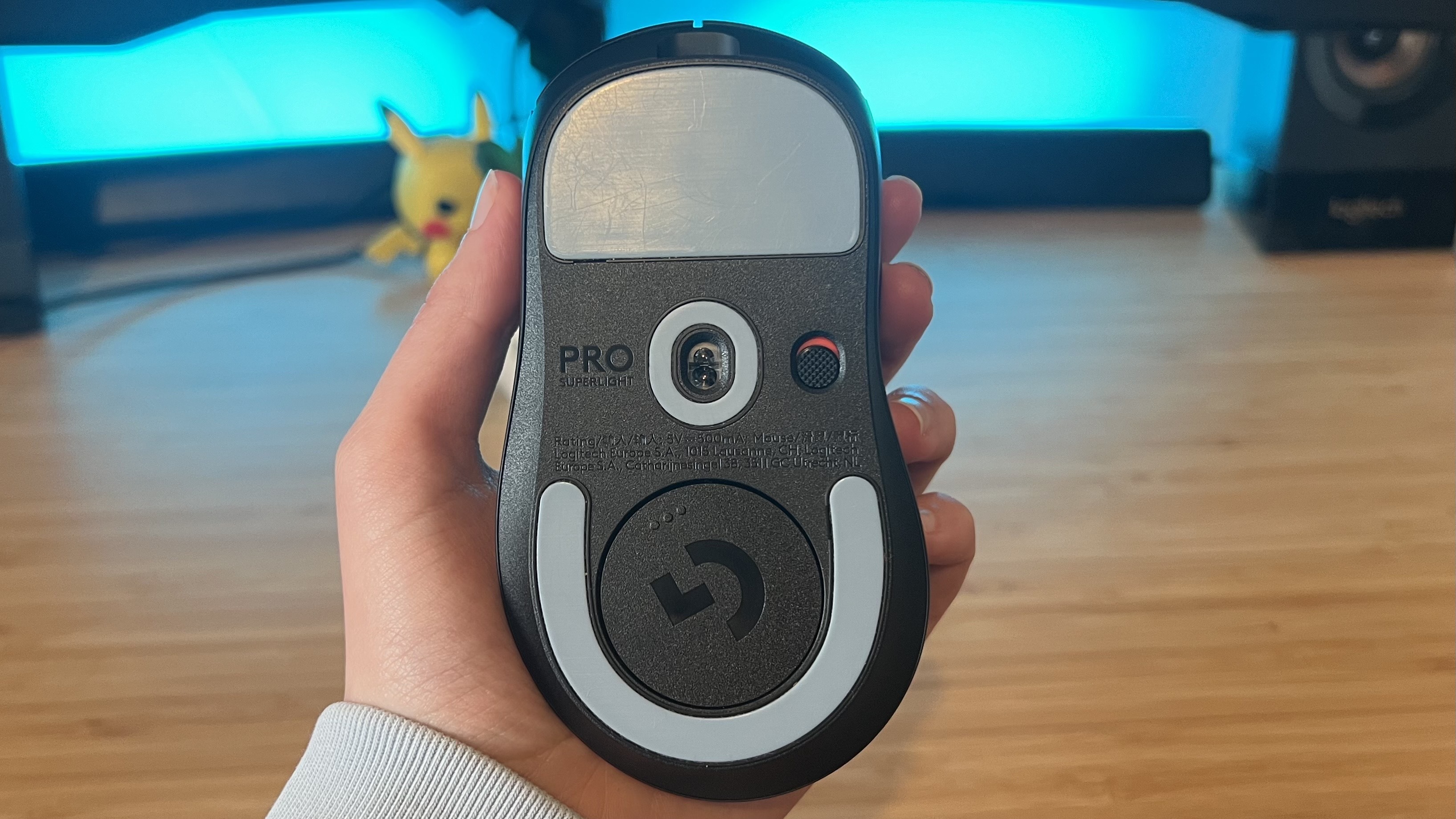
Specifications
Reasons to buy
Reasons to avoid
The Logitech G Pro X Superlight 2 DEX is so much more than the first Superlight gaming mouse to truly win me over. It's a lightweight FPS-first pointer that actually takes steps to stay comfortable in the hands, all while offering some of the best main clicks I've experienced yet.
✅ You use a claw or palm grip: It's not quite skinny enough for a full fingertip grip (I'd still recommend the Razer Viper V3 Pro for that), but if you use a relaxed claw or palm hold you're going to have a great time here.
✅ You prioritize speed: At 60g and with a fantastic 888 IPS sensor, the DEX is built for flickable twitch-reflexes and fast, wide pans. Plug and play wireless 8,000Hz polling doesn't hurt particularly competitive players either.
✅ You like a matte feel: Matte plastic coatings have taken FPS-first mouse designs by storm in the last couple of years, and the Superlight 2 DEX still offers this grippy surface.
❌ You use a fingertip grip: If you're more hands-off with your stance, the Razer Viper V3 Pro's shorter dome height and narrower body will still fit your hand a lot better.
❌ Weight is everything: If you're going for the absolute lowest weight possible, there are sub-60g options out there.
Design: The Logitech G Pro X Superlight 2 DEX's design far outpaces the standard model. Its deeper curve on the left flank provides far more grip for finer adjustments, making not just for more comfortable long sessions but greater control overall. I was never a fan of the stocky original's design, so I was surprised to slide into my regular claw grip with extra support when I first started testing.
That contoured design also gives us a higher dome, much higher than the Razer Viper V3 Pro. It makes for a far more ergonomic claw or palm grip, but does mean fingertip grips are a little harder to maintain. Still, at 60g, the DEX's weight feels just right for controlled but still twitch-reflex flicks and glides.
Features: While my previous pick for best gaming mouse, the Razer Viper V3 Pro, relied on a whole separate cable and dongle for 8,000Hz wireless polling, the Superlight 2 DEX does it straight from its regular USB-A 2.4GHz dongle. That's excellent for both travel and everyday setup tidiness, even if only the most competitive players will be making the most of such a feature. The DEX's sensor also opens us up to a faster 44,000 DPI and 888 IPS compared to the Viper, for those who truly want to scream while going faster. Those are better specs than the Razer Basilisk V3 Pro 35K, a similarly priced gaming mouse that lays its hat on the speed of its sensor.
Unfortunately, there's no dedicated DPI shifter button, which does make swapping between slower sniper and faster run'n'gun builds a little tedious. It also means there's five programmable inputs here, rather than the standard six. However, with G Hub's slick and smooth configuration system on its side, and a strong battery life to boot, the DEX is still kitted out for the road.
Performance: These are some of the most satisfying main mouse clicks I've felt so far, with a crisp clack to each movement that feels fast and precise yet at the same time deep and satisfying. That's a rarity - faster switches often lost some of the travel distance that makes them so accurate, while louder clickers can often feel too heavy in more competitive situations. Logitech has hit a beautiful goldilocks in these clickers and, combined with the smooth glide of that boosted sensor and extra grippable chassis shape, they make for a fantastic gaming experience.
Verdict: Logitech had to work hard to tempt me over from Razer's camp, but it's certainly pulled it off. While the DEX isn't as well suited to super lightweight fingertip grips as the Razer Viper V3 Pro, it's far more comfortable, offers better claw and palm control, and comes with much improved sensor specs and main clicks.
Read more: Logitech G Pro X Superlight 2 DEX review
Comfort | 5/5 |
Speed | 5/5 |
Programmability | 4/5 |
Connectivity | 4/5 |
Battery life | 5/5 |
The best value gaming mouse
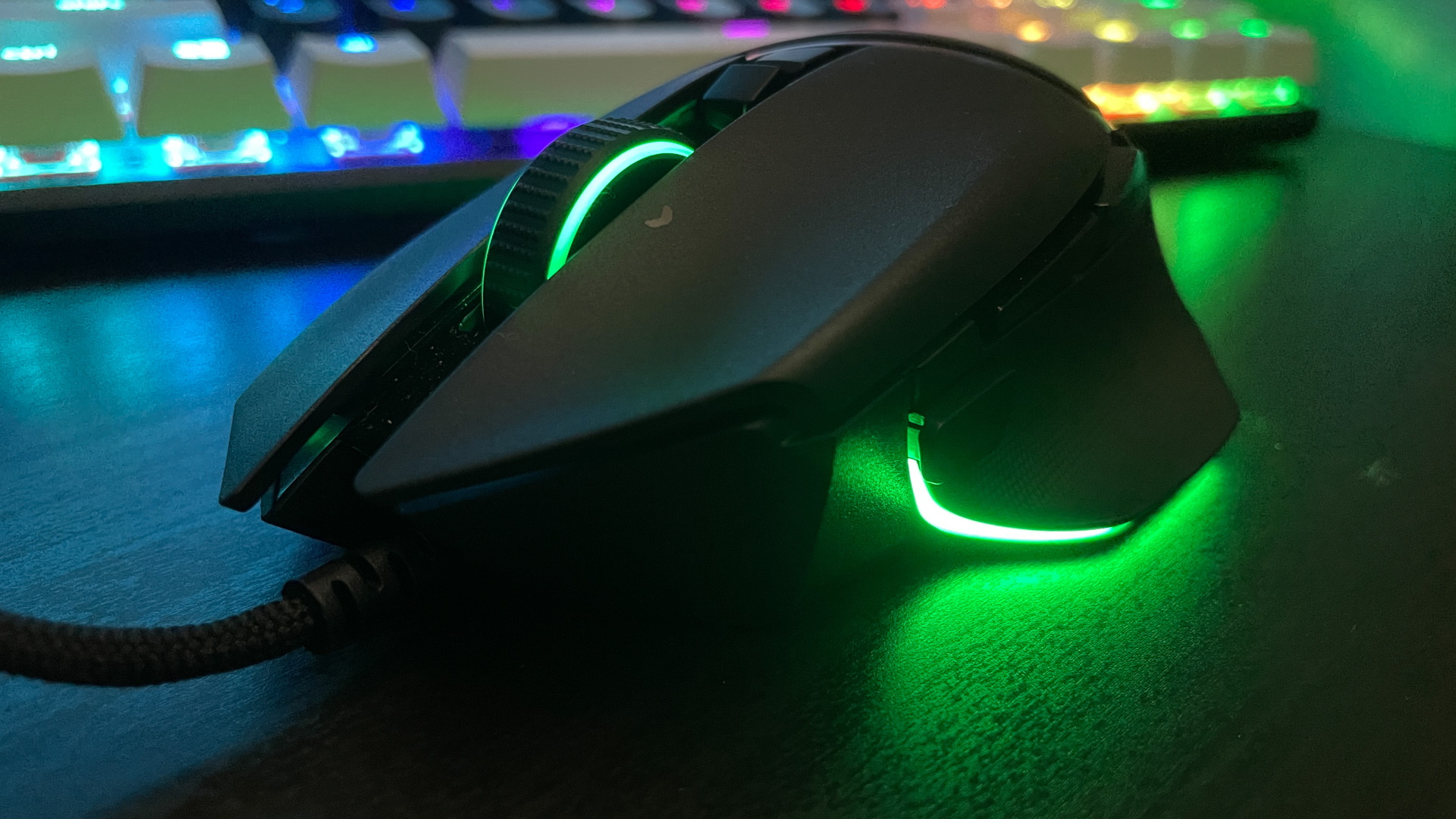

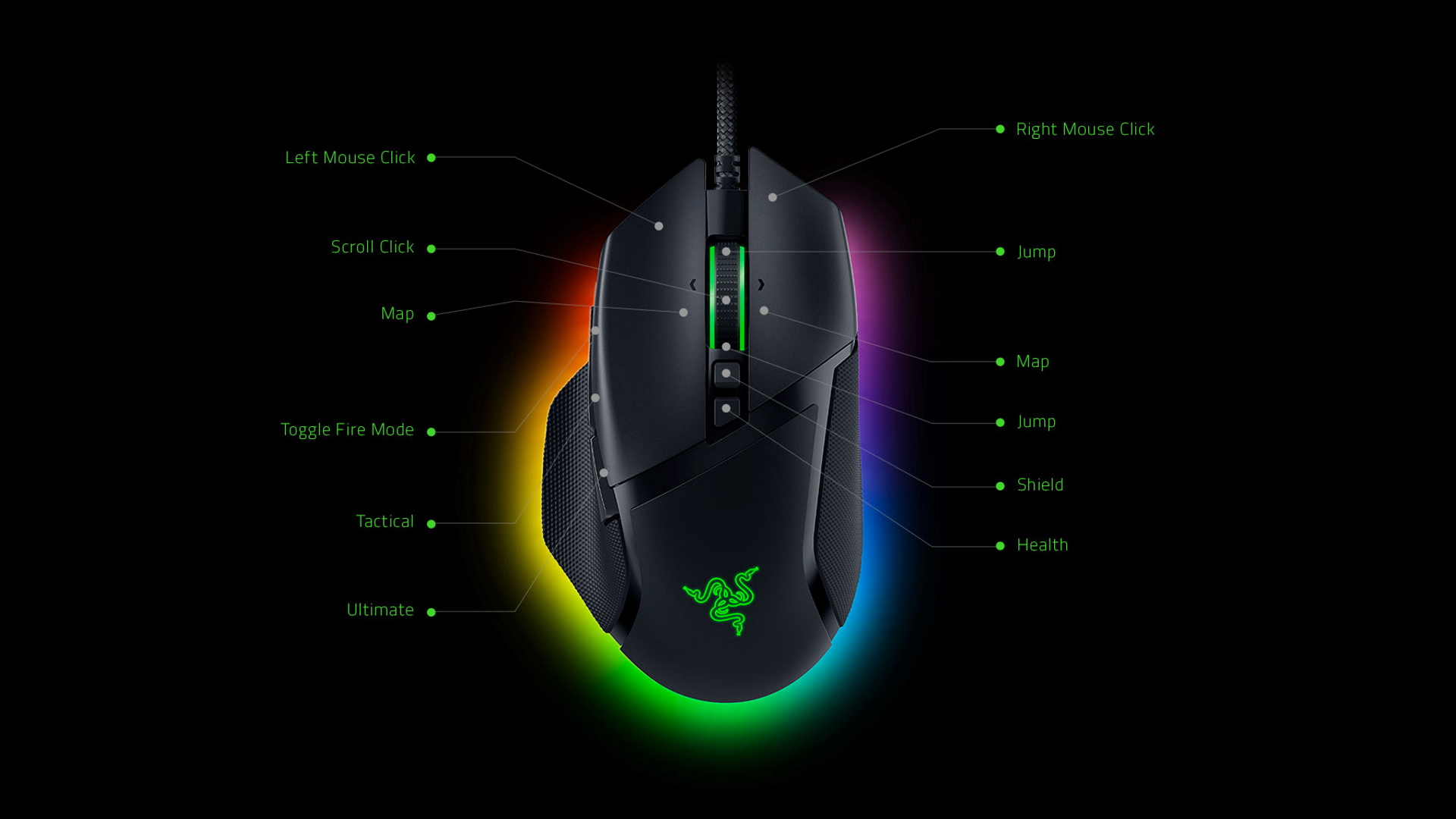
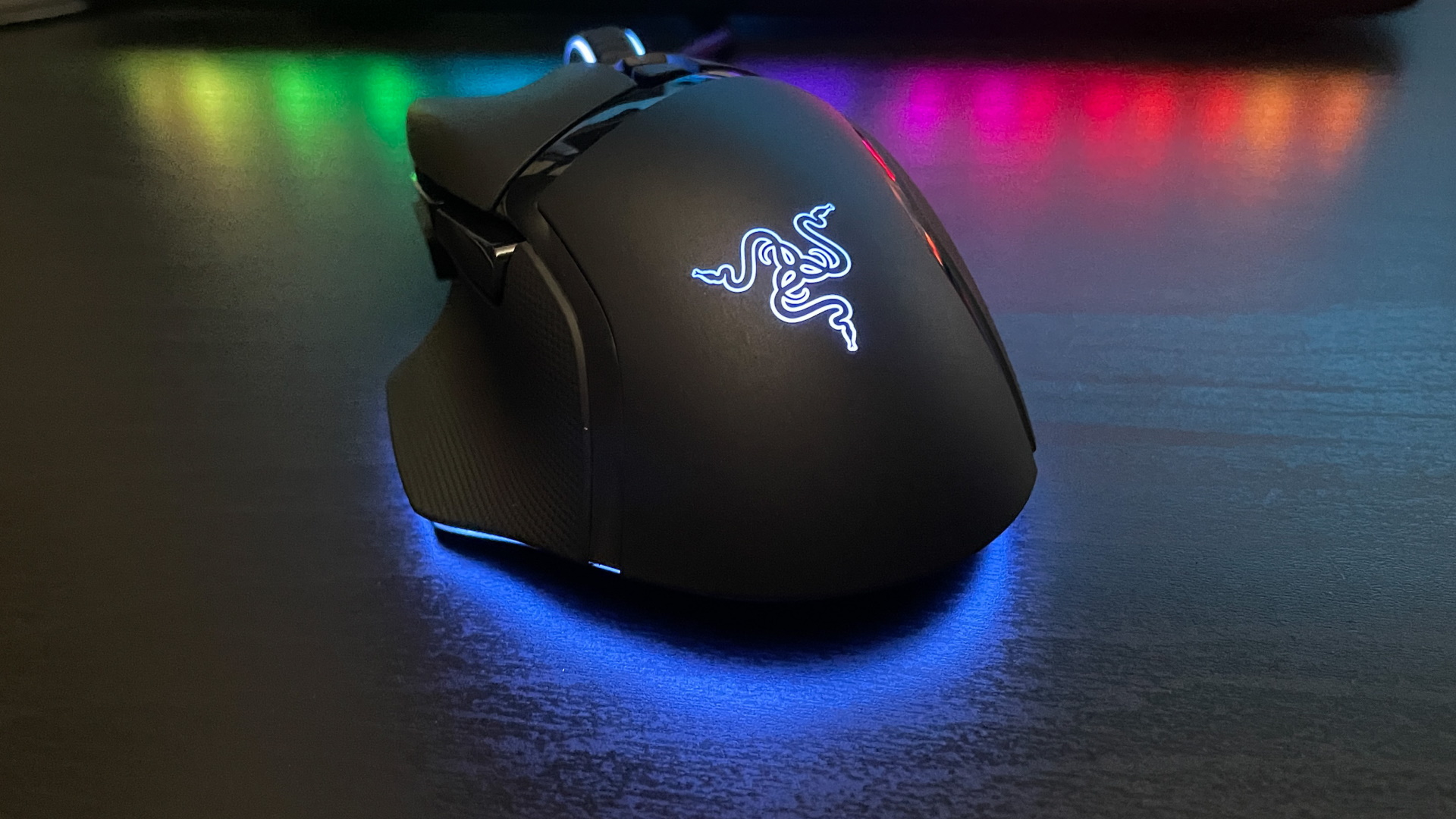
Specifications
Reasons to buy
Reasons to avoid
Unless you're playing competitively, it's difficult to beat the Razer Basilisk V3 in terms of sheer power and value. It also helps that the V3 comes in $10 cheaper than the previous iteration.
✅ You have a varied library: The Basilisk can easily flit between faster action games and more macro-heavy MMO experiences.
✅ You like cool RGB effects: The RGB underglow is a particularly prominent aspect of the Basilisk V3's design, and it looks great in-action.
✅ You prefer a larger mouse: Whether you've got larger hands or you feel more comfortable in a palm grip, you'll appreciate the wider base and higher dome here.
❌ You play competitively: The heavier weight and less responsive sensor in the V3 aren't geared towards competitive FPS style titles.
❌ A low weight is a priority: At 104g, this is a heavier mouse by current standards. If you want a more flickable pointer, we'd recommend sticking to below 80g.
❌ You can't stand cable drag: Razer's cable thankfully doesn't drag too much thanks to its material design - but a cable's still a cable and if you're after a completely free experience you'll need a wireless device.
Design: The wired Basilisk carries a standard stacked gaming mouse design, with a thumb tray on the left flank for extra support and plenty of grips on each side. While a little heavier than the slimline FPS mice that feature elsewhere on this list, the V3 still feels incredible in the hand and glides through larger sweeps thanks to the improved PFTE feet underneath. A longer asymmetric form factor keeps everything ergonomic and controls close by, while the underglow RGB effect ensures the whole device looks as good as it feels.
Features: That 26K DPI sensor is definitely a nice to have (though in our testing we rarely needed to dial up to that kind of level), but the main draws here are the wide range of programmable buttons, unique RGB underglow, and tactile ergonomic design.
At its core, though, the latest Razer Basilisk is the same versatile pointer that I've always come to love from one of the best Razer mouse lines. With upgraded second generation switches in each main button, an additional trigger button on the left hand side, and a brand new smart scroll wheel, though, there are plenty of new features to celebrate here.
Performance: I found those new switches to be a little lighter to the touch than previous iterations, but was impressed that they still managed to keep a satisfying response and snapped back quickly. This is a mouse designed for a range of pursuits, with plenty of controls for everything from Red Dead Redemption 2 to Cities Skylines.
While it's not the fastest or the lightest mouse on the market, its solid performance across a massive range of genres certainly works better in the Basilisk V3's favor.
Verdict: This is an easy recommendation for anyone looking to stretch their pointer across multiple genres and, in my opinion, the best gaming mouse for most people right now. If you're shopping at the top of the price range and like this form factor, the Razer Basilisk V3 Pro 35K is a more premium option, but for sheer value this cheaper model wins every time.
Read more: Razer Basilisk V3 review
Comfort | 5/5 |
Speed | 2/5 |
Programmability | 5/5 |
Connectivity | 2/5 |
Battery life | N/A |
The best budget gaming mouse
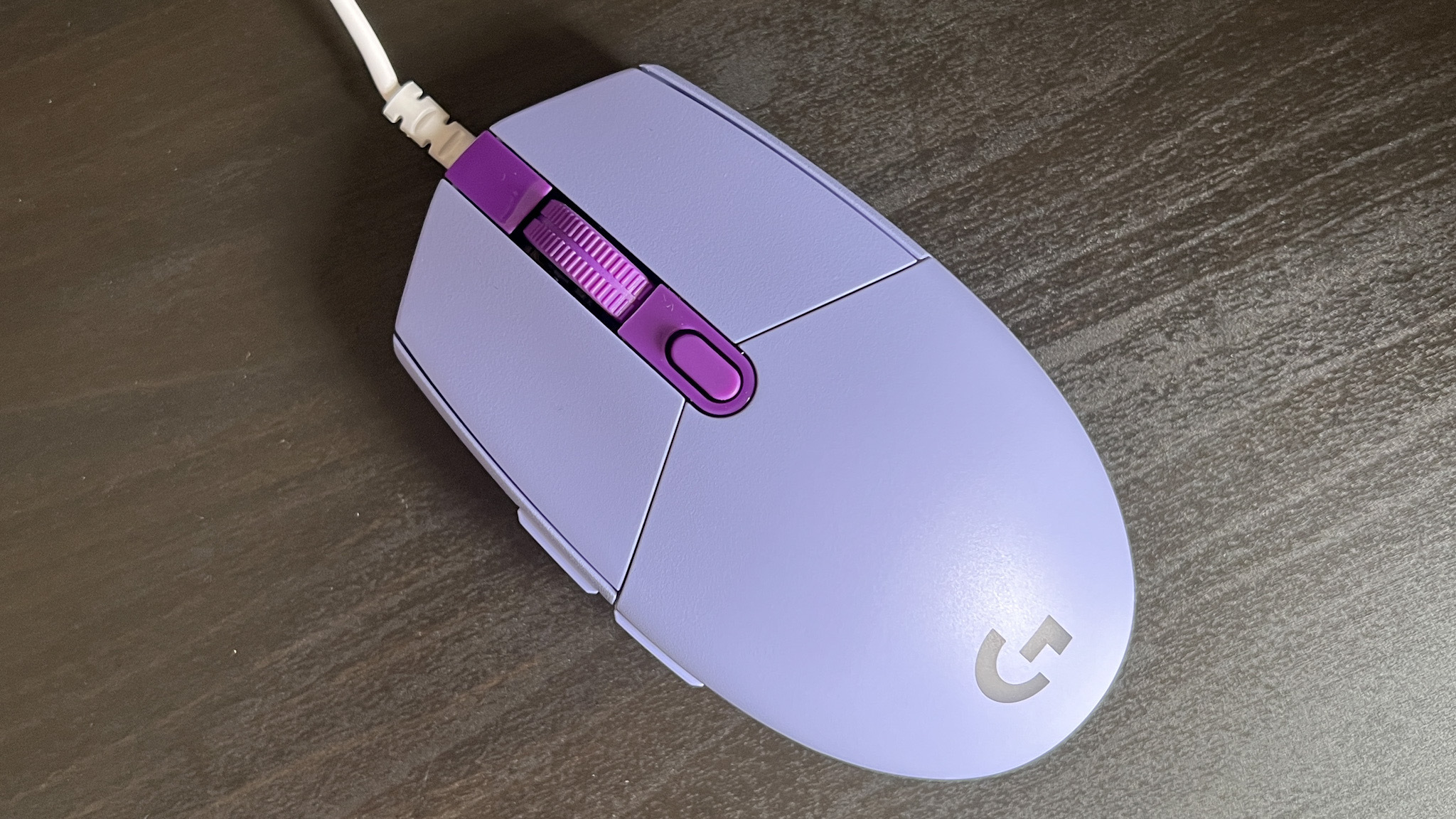
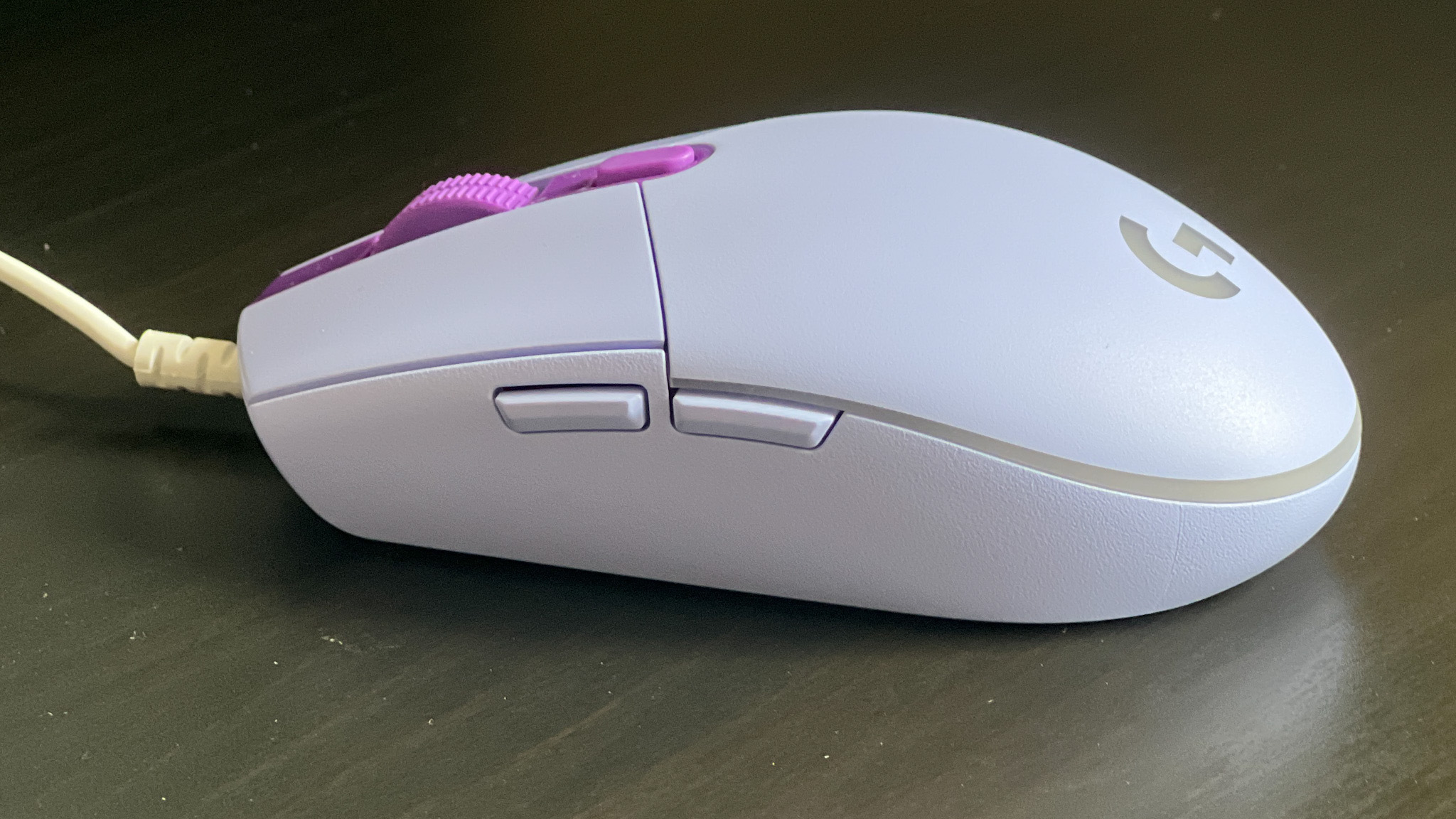

Specifications
Reasons to buy
Reasons to avoid
Want to avoid breaking the bank? I'd recommend the Logitech G203 Lightsync. As well as being aggressively affordable, it's the best gaming mouse for those on a budget - balancing a decent feature-set with that low cost.
✅ You're a more casual player: If you won't use high-end features there's no point in paying for them. Everyday players, particularly of lighter or more strategic games, won't need much more than this.
✅ You don't need a super fast sensor: That cheaper price point means you're capped at an 8K sensor where more premium pointers hit up to 30K. Still, most players don't tend to move too far beyond 3,000 DPI.
✅ You want to experiment with keybindings: Think your go-to games could benefit from some more accessible keybindings? You're getting two side buttons to play with here.
❌ You have larger hands: This is a small mouse, even if its wider base does make the compact form factor more comfortable. Still, if you've got particularly large hands we'd recommend something else.
❌ You play competitively: With a 200 IPS sensor, the G203 Lightsync is far from the most fast and accurate mouse on the market. If you do play competitively, it's worth investing further up the price scale.
❌ Your budget can stretch: We often see more feature-rich mice dropping down to within $20 or $30 of the G203 during sale events. If you can hold out and stretch that budget a little there's better value out there.
Design: I did find that chassis to be a little too small for larger hands in my own testing, though thanks to the 85g weight I was able to get along with both a claw and fingertip grip through multiple rounds of Apex Legends.
It still looks great too; the design gives off a sense of quality you don't always get with mice at this price range. Between a range of different colorways and that crisp RGB light strip running around the edge of the body, you're getting more than we typically see at this price. Appearances aren't everything, but the G203 Lightsync aces that department nonetheless.
Features: Beneath the shell, you're treated to a satisfying but quick click thanks to responsive switches to go with six programmable buttons. These are supported by an optical sensor that provides a DPI ranging from 200 to 8,000. Although this isn't as high-performance as other entries on the list, it's more than enough for most people. Plus, it'll still be a huge step up compared to 'normal' non-gaming mice. You're still able to assign macro commands to the six programmable buttons (including two dedicated side clickers) across the whole mouse as well.
Performance: Of course, the G203 isn't going to give Razer or Corsair's top pointers any problems on the battlefield. However, the casual everyday player has all the speed and accuracy they need to reliably play through a range of genres. Logitech's device holds its position well, offers up snappy in-game responses, and remains comfortable while doing so. Yes, overall speed wasn't the same as it would be with the Razer Viper at the helm, but for $30 it didn't need to be.
Verdict: The G203's competition generally only comes from the Razer Viper Mini and the Razer DeathAdder V2 Mini. The Logitech G203 Lightsync, however, is cheaper than the DeathAdder V2 Mini and offers a larger body than the Viper Mini, which will satisfy a wider range of grip types.
Read more: Logitech G203 Lightsync review
Comfort | 3/5 |
Speed | 3/5 |
Programmability | 4/5 |
Connectivity | 2/5 |
Battery life | N/A |
The best wired gaming mouse
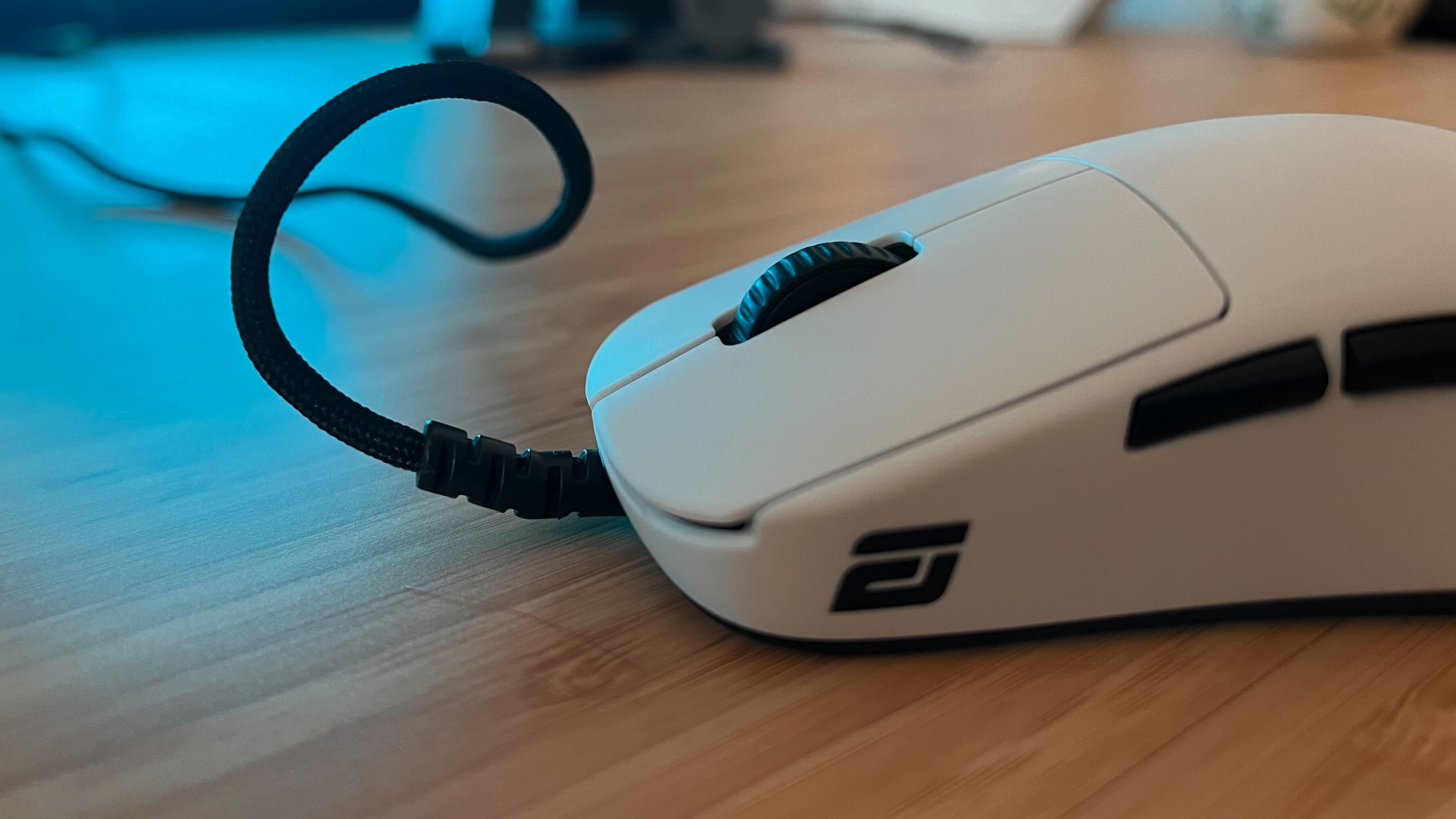
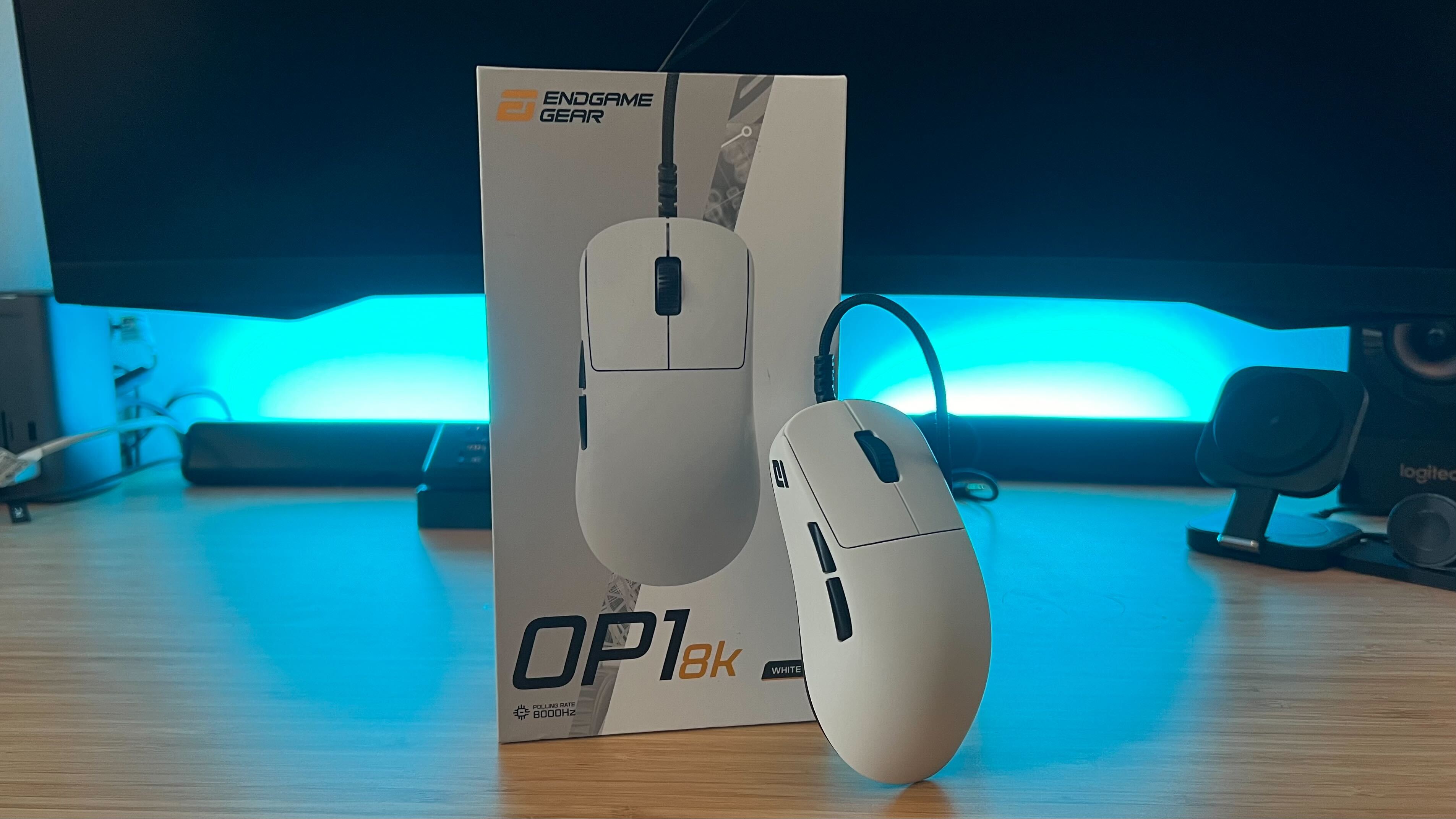
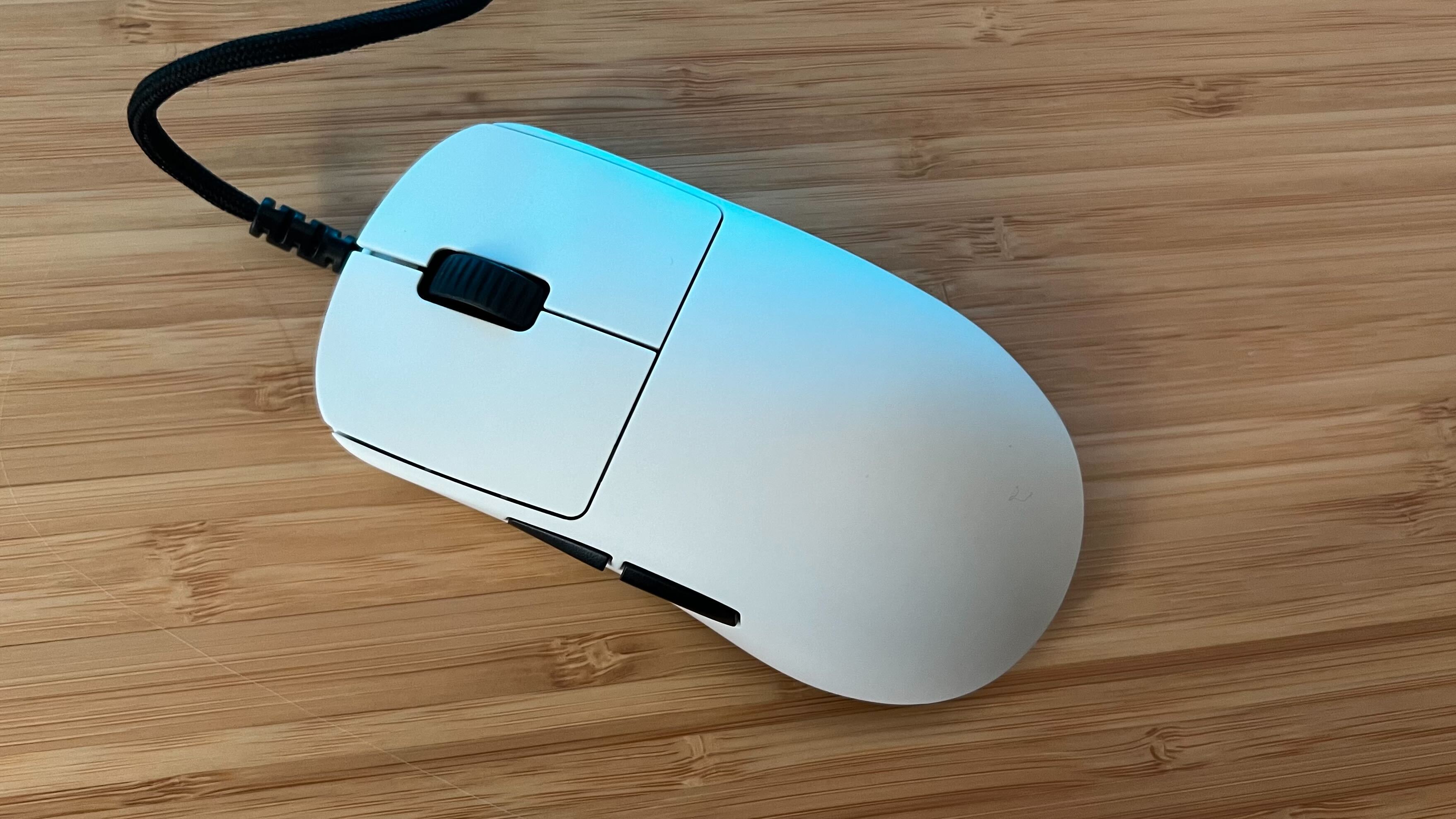

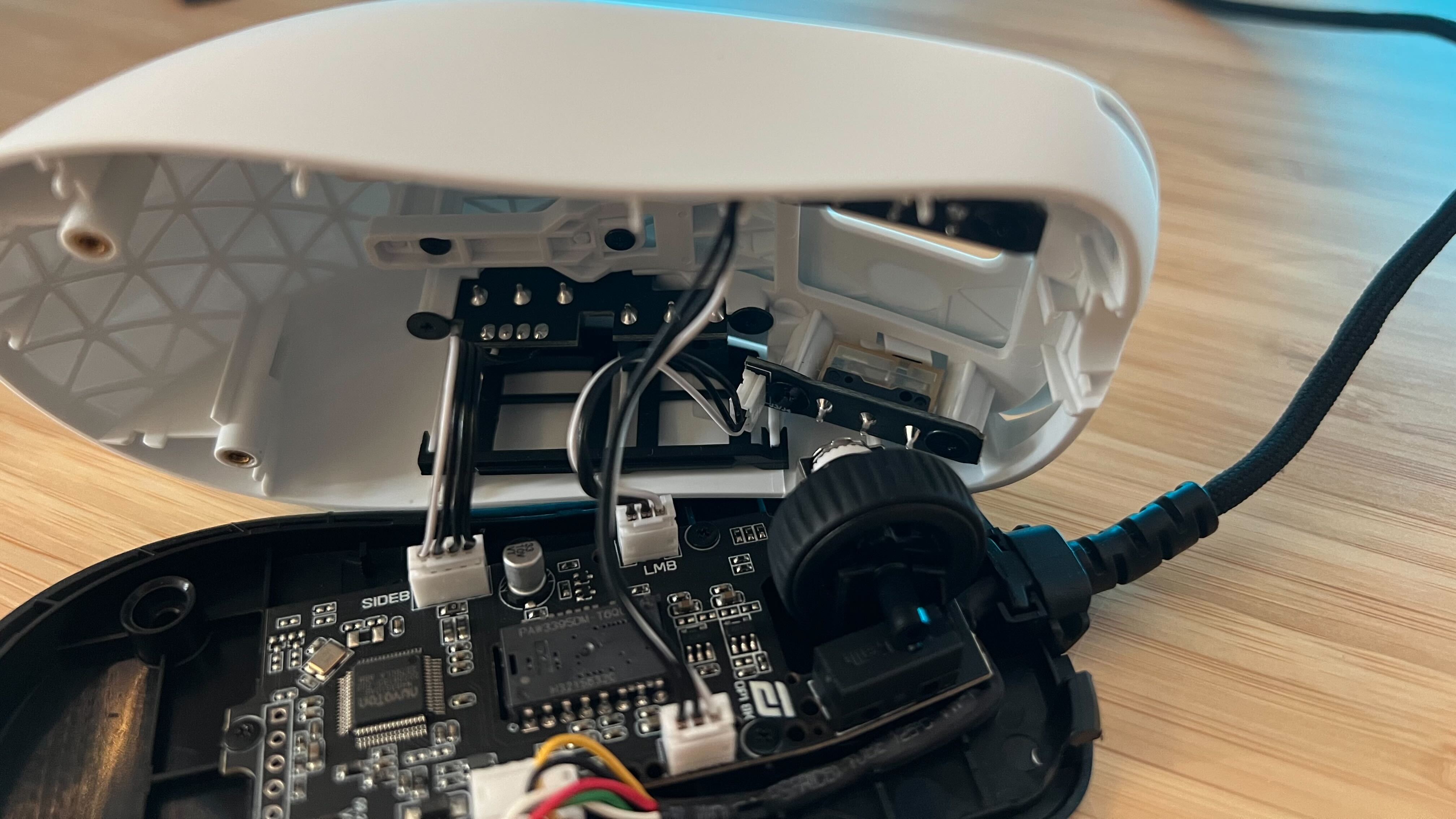
Specifications
Reasons to buy
Reasons to avoid
Wired gaming mice haven't had an easy time of it recently. Wireless options have been dominating the market since their latencies caught up and many prefer to keep their desks free of cable clutter. However, if you're looking to save some cash and not worry about battery, the Endgame Gear OP1 8K is the exact gaming mouse you need.
✅ You like a subtle design: The white chassis and stark black accents make for a slick aesthetic, all keeping that cord looking good on the table overall.
✅ You want more switch control: The customizable switch actuation points are a first here, making for super snappy (or super precise) experience depending on your game of choice.
✅ You want a long-lasting mouse: With swappable switches and that durable wired connection, the OP1 8K feels like it's going to go the distance.
❌ You have particularly large hands: The OP1 8K has a smaller form factor than other devices, which isn't going to suit those with larger hands.
❌ You want grip without tape: The existing plastic chassis is still nicely grippy, but those who prefer a textured surface will be relying on the included tape strips for more purchase on the device.
Design: The Endgame Gear OP1 8K looks and feels great - even with that cord hanging out the front. That's because this device features a unique tilt lift system on the main wire connection - one I haven't seen in too many wired gaming mice. It keeps the front of the cable well clear of your movements, significantly reducing the drag feeling even without a bungee. The actual device is pretty slick as well, with an all-white body and smart black accents across the side buttons, scroll wheel, and logo. While the plastic surface is fairly grippy in itself, you'll be relying on a black set of grip tape stickers for a more textured feel. At just a hair over 50g, the OP1 8K is beating Logitech and Razer's flagships in the weight department as well.
Features: Yes, you're getting a speedy 26K DPI / 650 IPS sensor with 8K polling under the hood, but it's those switches that really impressed me during testing. Endgame has opted for Kailh GX SPDTs under each main click, as these clackers have adjustable actuation points. That means you can set a click to register at just the first nudge of the top plate or only when the switch fully bottoms out - for far greater control over how you play. That's not something I've seen in gaming mice yet, and it's only just hitting keyboards. Software is stripped back, but light on your system - offering everything you need without bloating into unnecessary advertising or unintuitive menus.
Performance: The OP1 8K packs the response times and accuracy to keep up with anything you can throw at it. Click latency is noticeably reduced compared to similarly priced wireless mice, and the side buttons actuate with super-fast speeds and are positioned well for reflex accuracy. While that 8K polling rate might be noticeable for more competitive players, I felt more than enough speed with a 4,000Hz setting that kept the CPU from over-loading as well.
Verdict: The Endgame Gear OP1 8K is the first wired gaming mouse to truly have me questioning the use of a 2.4GHz receiver. Its speed, comfort, clever workarounds, and unique features have rocketed it to the top of our estimations.
Read more: Endgame Gear OP1 8K review
Comfort | 4/5 |
Speed | 5/5 |
Programmability | 4/5 |
Connectivity | 4/5 |
Battery life | N/A |
The best value wireless gaming mouse
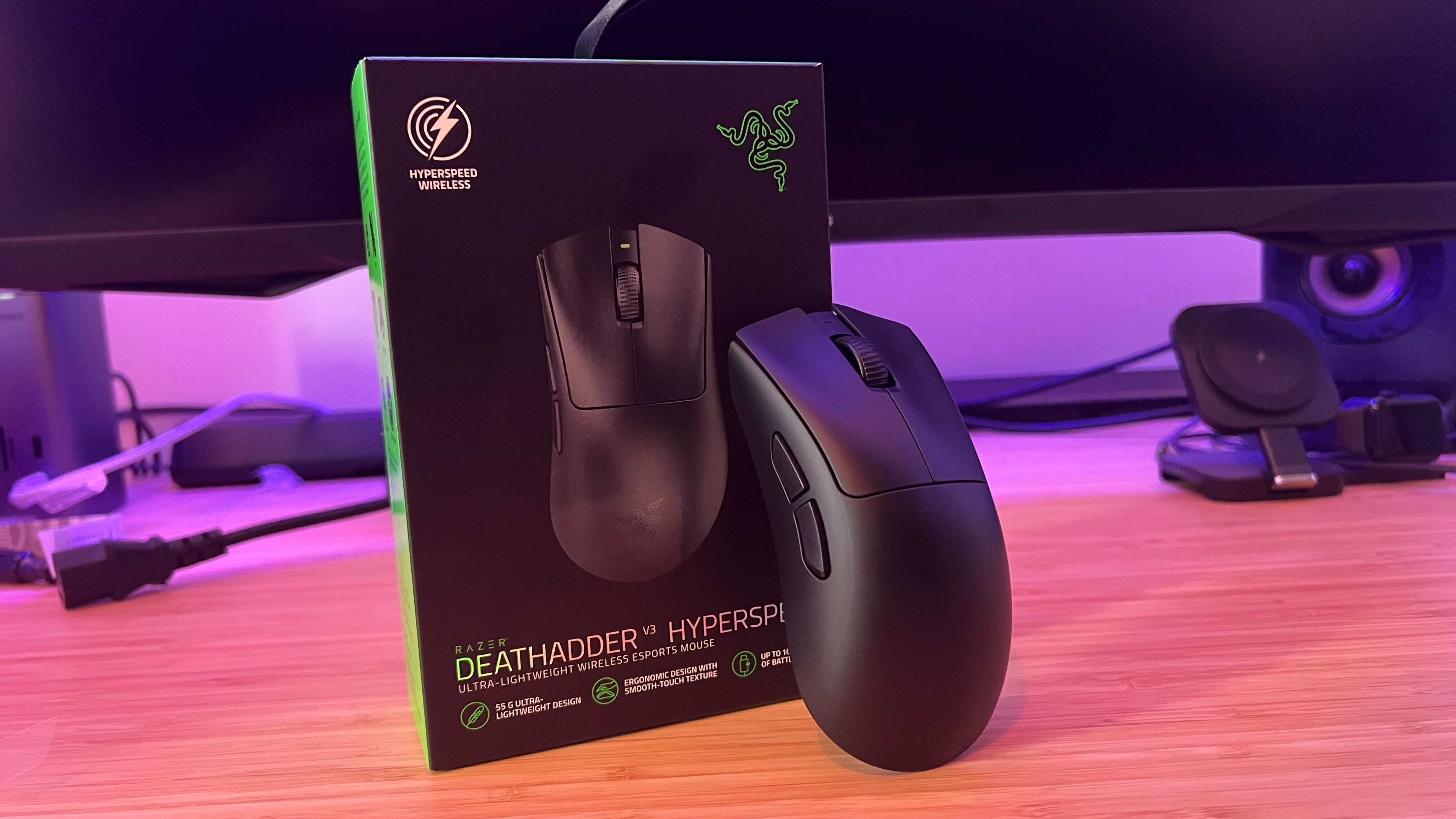
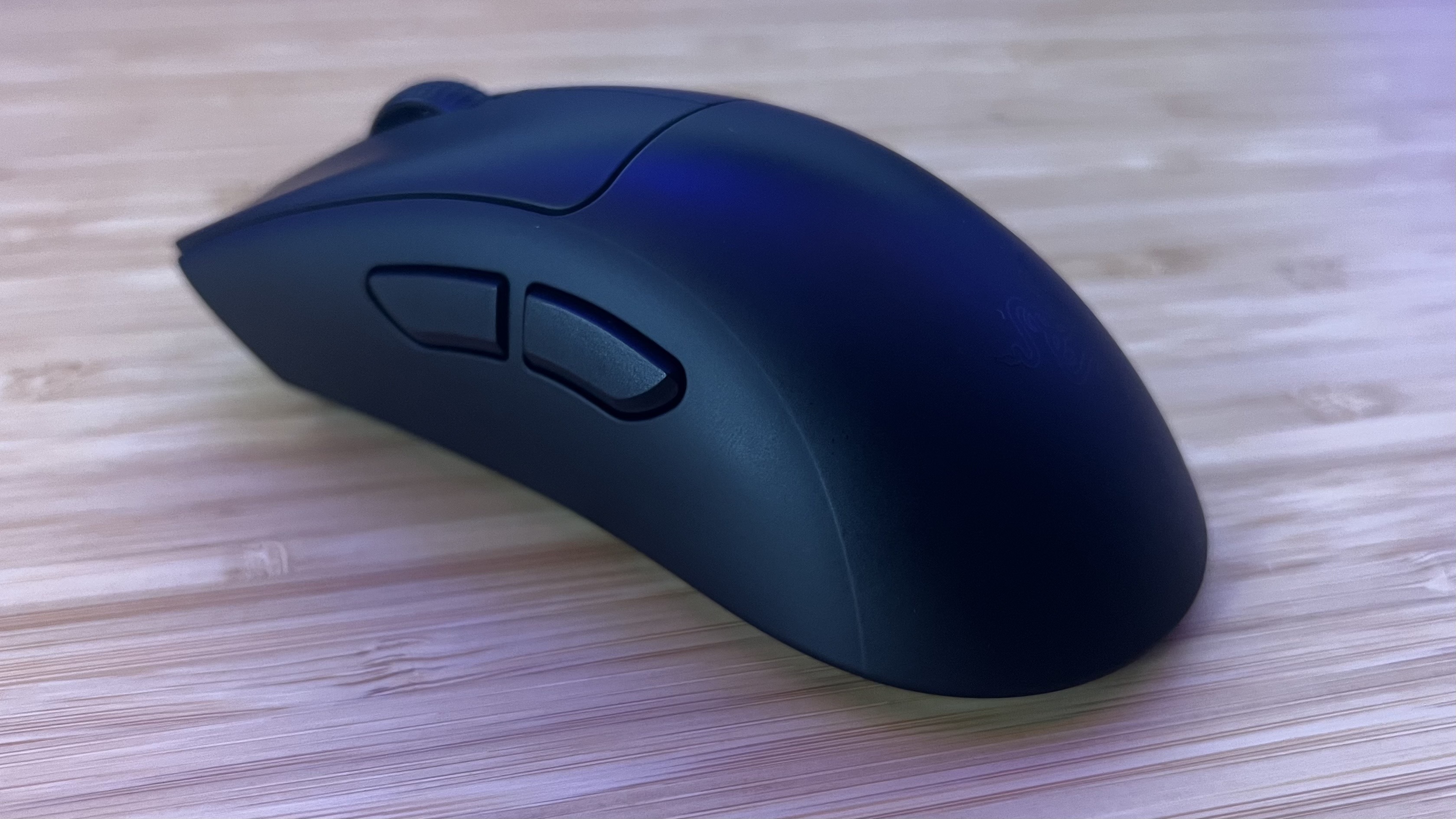
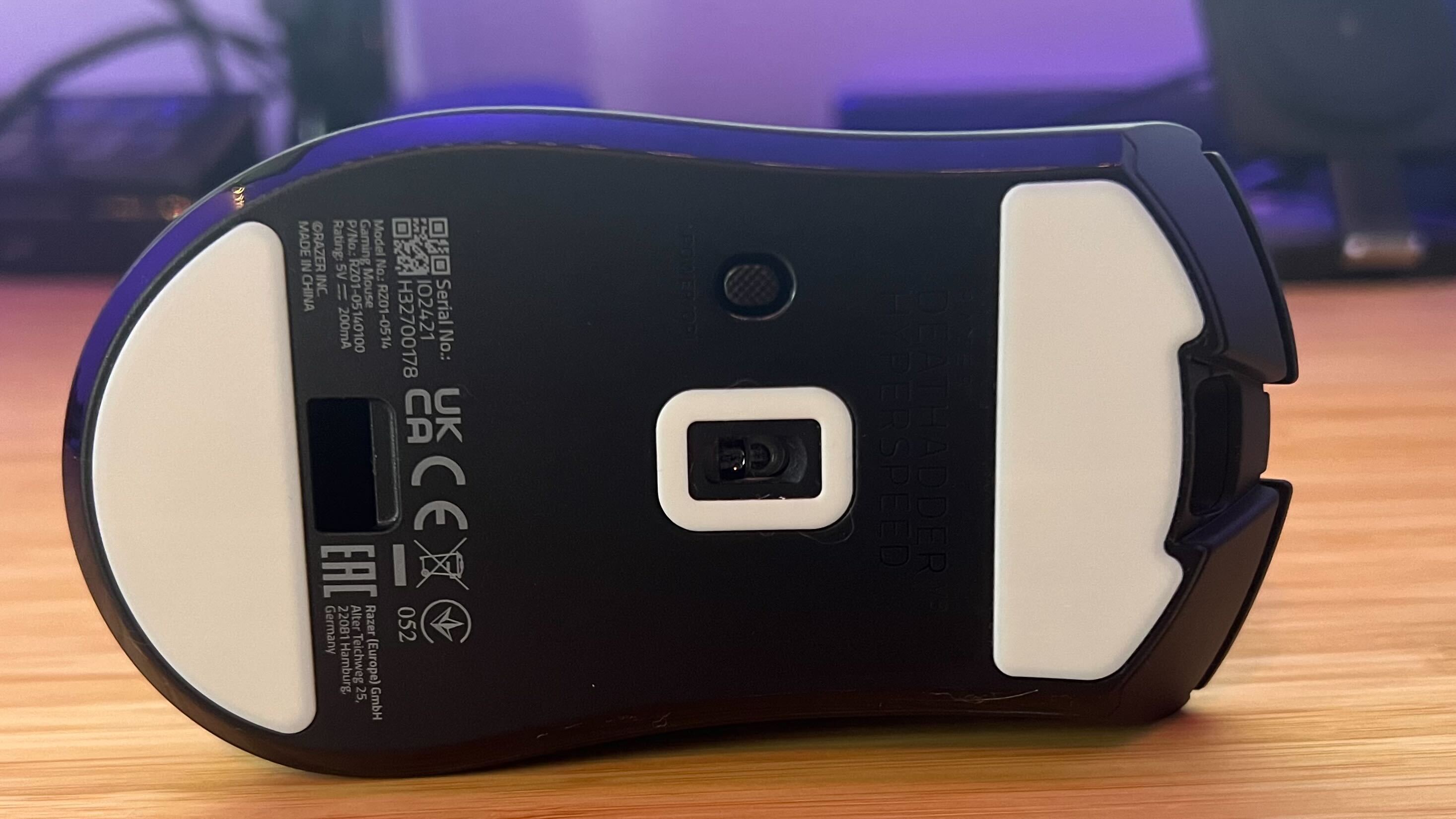
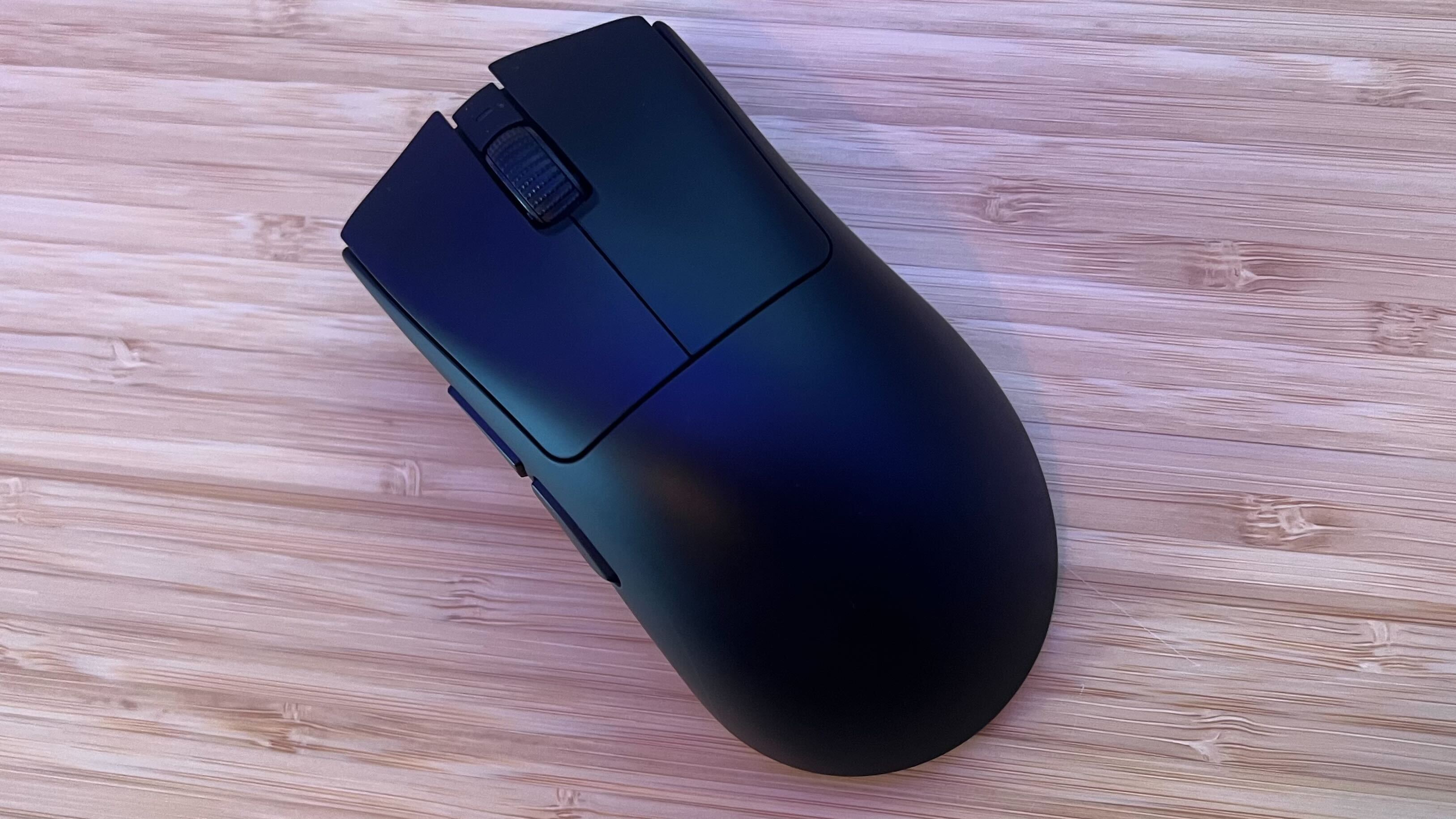
Specifications
Reasons to buy
Reasons to avoid
The Razer DeathAdder V3 Hyperspeed manages to pack a super light form factor, excellent sensor features, and a comfortable, satisfying form factor into a sub-$100 / £100 MSRP. That's a rarity among wireless pointers, especially considering it can still pack the battery life to support itself as well.
✅ You want an affordable but impressive all-rounder: The DeathAdder V3 Hyperspeed plays nicely across a range of genres while still maintaining the speed of an FPS-first design. That makes it a fantastic generalist worthy of your entire Steam library.
✅ You play casually: Whether you only play single player games, or you play casually online with friends, the tech packed in here is already more than enough to see you zipping across the battlefield.
✅ You only want to pay for features you'll use: Only ultra-competitive players are going to push polling rates and DPI settings to their max. If you don't want to pay for unnecessary extras this is where you need to be looking.
❌ You prefer a more textured surface: The softer matte finish might not be to everyone's taste. While it's still grippy, things can get a little clammy here - especially when the temperature rises.
❌ You need a lighter mouse click: The main clicks are a little heavier than alternatives, making repeat presses a little more cumbersome. They are, however, nicely satisfying for all other uses.
Design: The DeathAdder V3 Hyperspeed sticks to Razer's current rulebook. Like newer releases in this line, and the latest Viper models, you're getting a soft-touch plastic chassis with a nicely high dome and a bulkier, more curvy shape to it. That's a win for comfort, but I noticed that the material itself is prone to feeling a little clammy when temperatures rise. However, a 55g weight and luxurious feet mean the whole chassis glides effortlessly across any surface, easily twitching into reflex movements while remaining precise in the hand. The actual body is smaller than previous models, but the generous height and click spacing means it's still going to be comfortable. I was impressed with the ergonomics on show here, between the natural indents sitting perfectly and the width allowing for easy manipulation using just the thumb and pinky.
Features: A 26K DPI / 500 IPS sensor and 1,000Hz polling rate may look like a step down compared to Razer's flagships, but in reality this is all most players will really need. Very few will notice the benefit of those 8K hyper-polling pointers being touted at the moment, and even fewer will generally move to the full 30K sensitivity. This feature set is just right - keeping the price low while providing enough power to ensure you stay nimble on the battlefield.
This is the first outing of the brand's new Focus X sensor, which also offers two new features. A sensor orientation process means the mouse can re-centre itself no matter where it's placed down after a lift, and dynamic sensitivity cranks up your speed when you need it the most. Whereas previous Hyperspeed mice relied on replaceable AAs, you're getting a full 100-hour rechargeable battery under the hood as well. That's impressive for this price range.
Performance: Everything is exactly as you would expect here; super-fast and crisp. The well-balanced design and Goldilocks power level under the hood meant I was flying through more competitive endeavors during testing, while still benefitting from the tactile clack of the optical switches in slower experiences. The side buttons are perfectly placed for easy access - and felt a lot more accurate to hit compared to other smaller devices I've been testing recently.
Verdict: The Razer DeathAdder V3 Hyperspeed is where most wireless players should be looking at the moment. You're not getting groundbreaking specs, but you are getting a powerful gaming mouse at a fraction of Razer's usual price - and with plenty of actually useful additional extras built in.
Read more: Razer DeathAdder V3 Hyperspeed review
Comfort | 4/5 |
Speed | 4/5 |
Programmability | 3/5 |
Connectivity | 3/5 |
Battery life | 4/5 |
The best ambidextrous gaming mouse
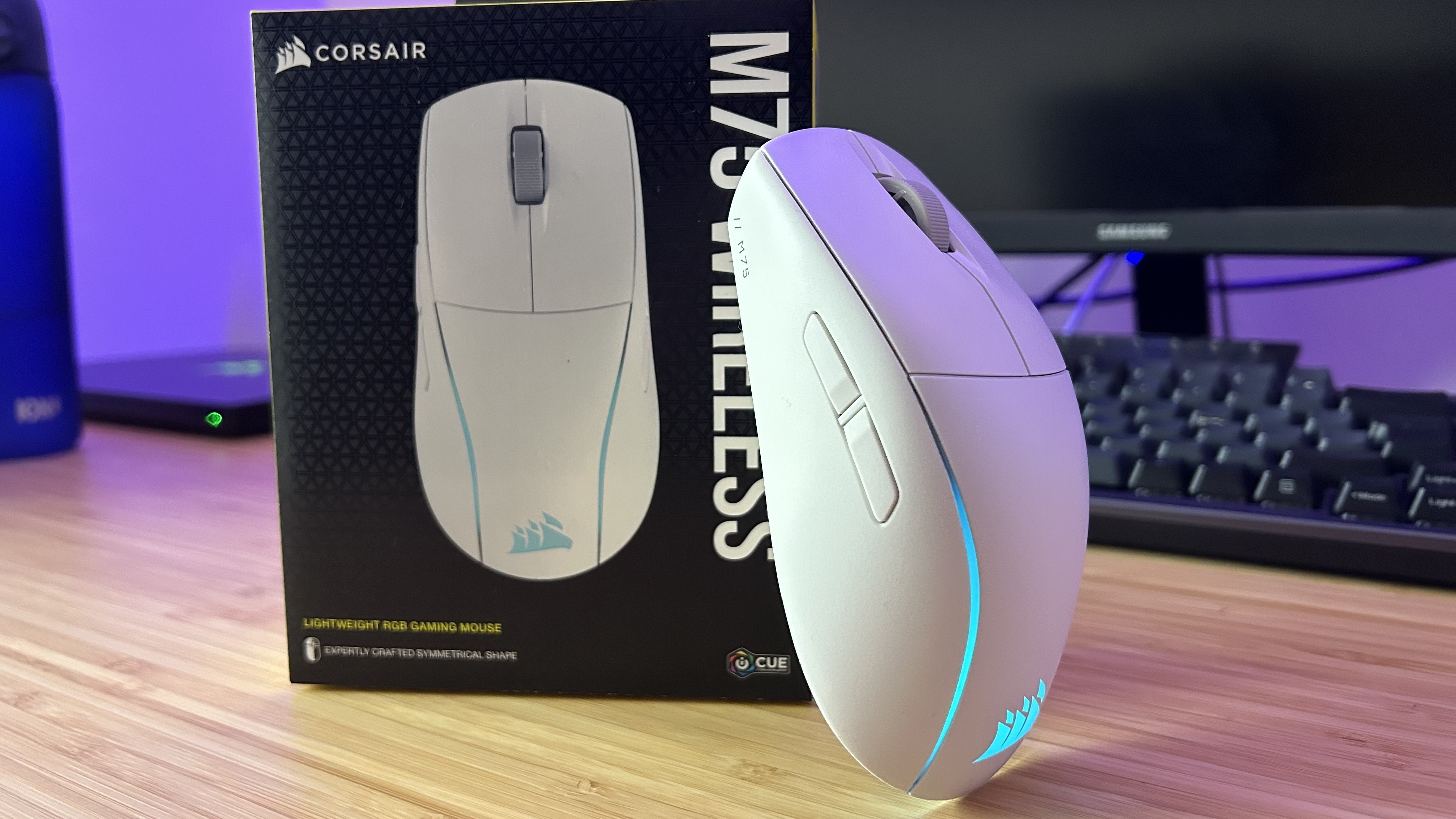
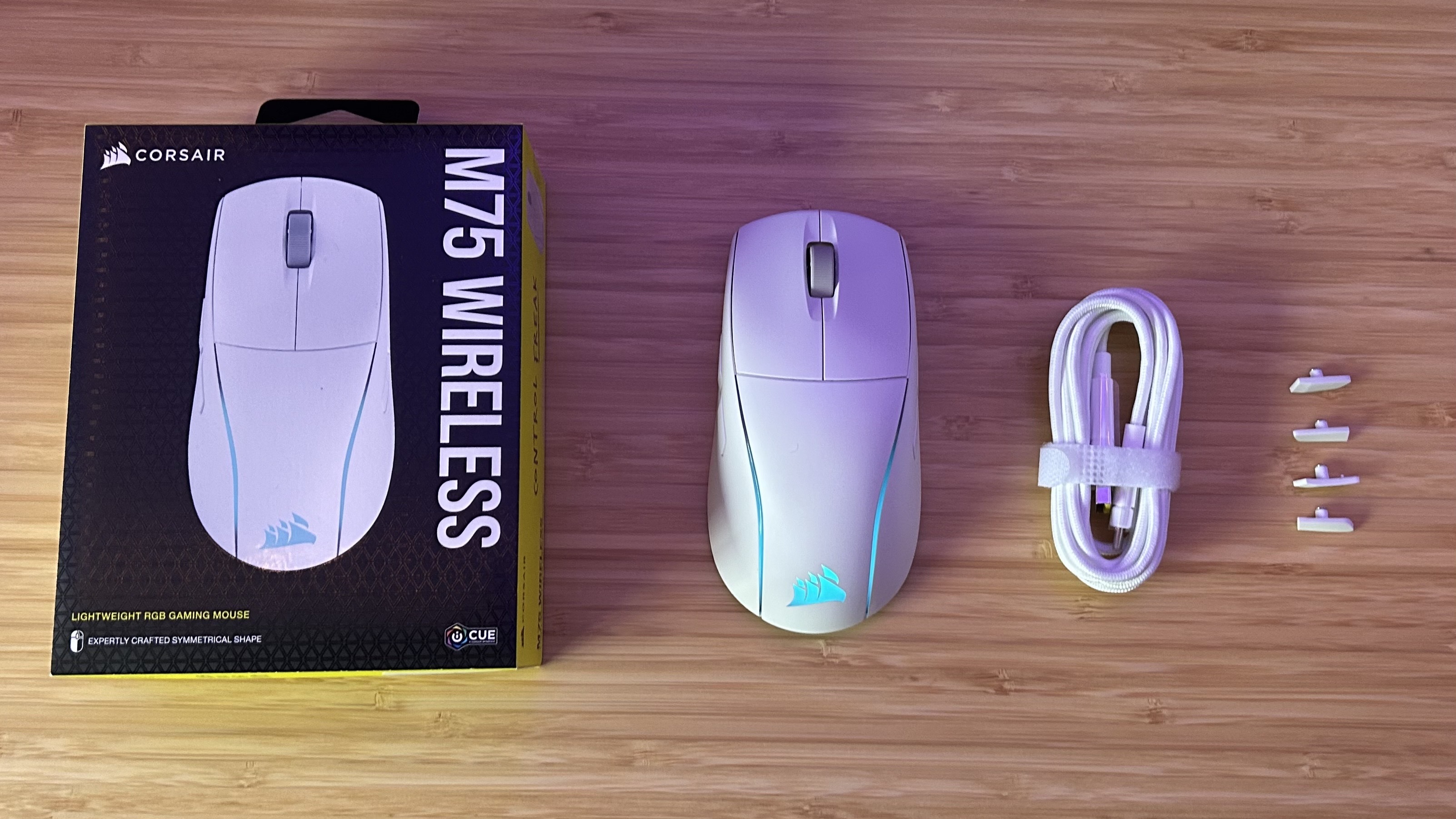
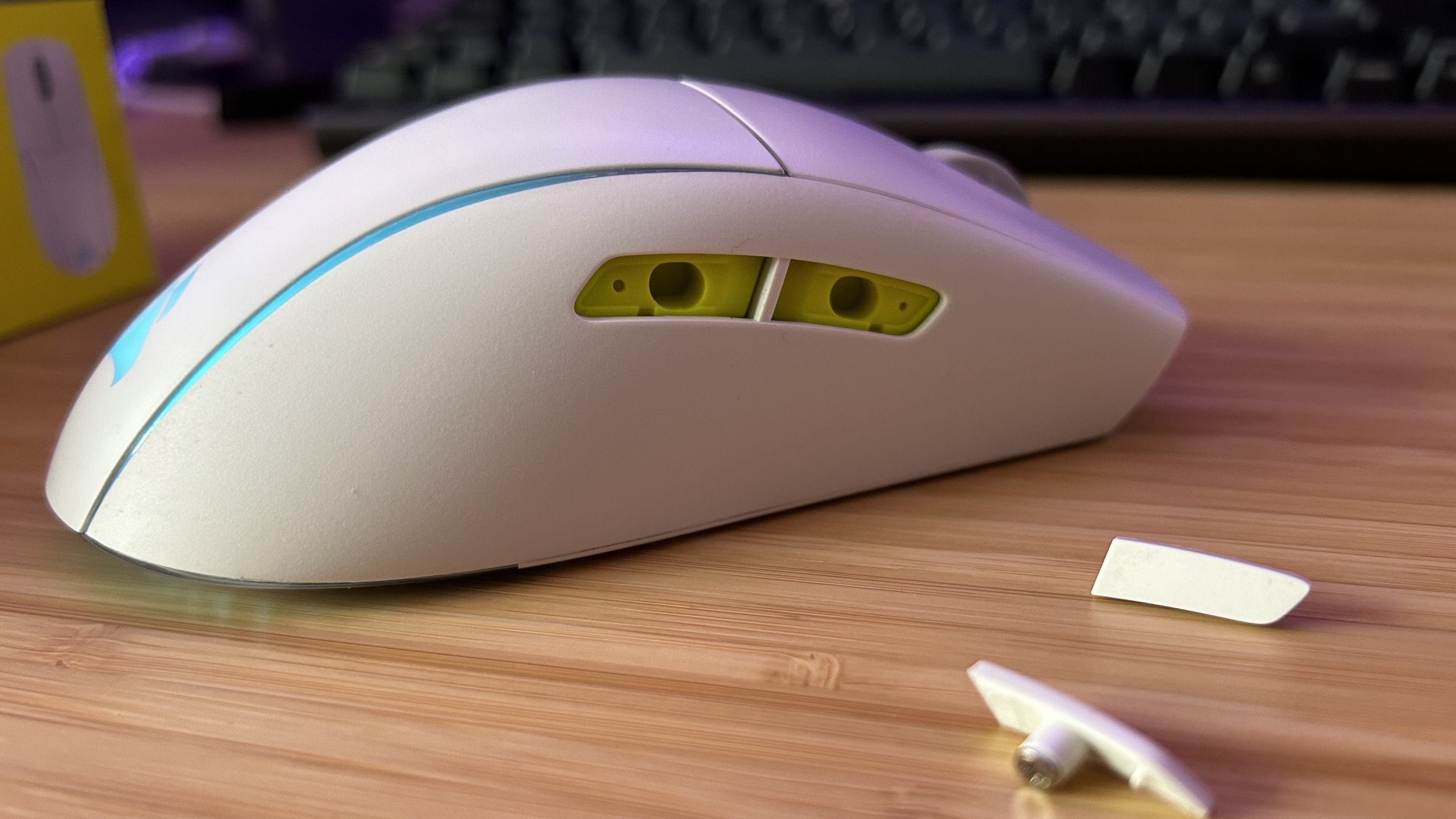
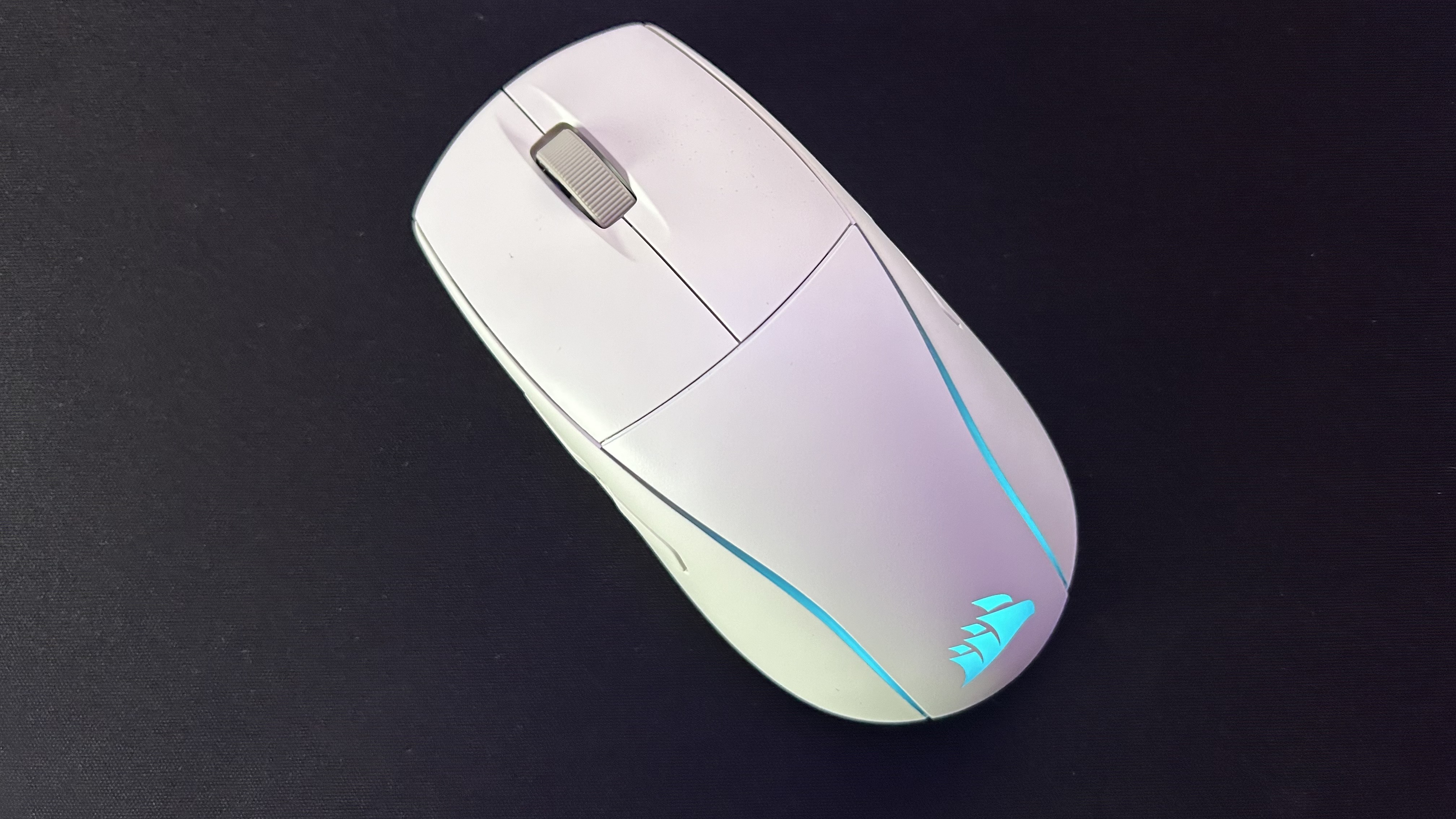
Specifications
Reasons to buy
Reasons to avoid
The Corsair M75 Wireless has taken over from the Logitech G Pro as the best ambidextrous gaming mouse on the market this year - and for good reason. While it's a little pricier (you'll find the older G Pro on sale for less and less these days), it bumps you up to new gen specs with a boosted sensor, higher IPS tracking, and some nifty extra DPI features.
✅ You're left-handed: This is a slight no-brainer but there are so few gaming mice designed for lefties that it's worth reiterating that the swappable buttons on this device are a little rare.
✅ You play on a handheld: Not only is there a fast 2.4GHz receiver included, but the M75 Wireless can also connect via Bluetooth. That's excellent news for those who play on a handheld system and don't want to clog up ports.
✅ You hate charging: There's no point buying a wireless gaming mouse if you have to run it while plugged in to keep that charge topped up. Thankfully, the M75 Wireless packs a beast of a battery.
❌ You want to bind multiple functions: While the M75 Wireless does pack a larger form factor, it doesn't come with the extra programmable buttons we often see in mice of this size.
❌ You don't need a wireless connection: The M75 Wireless launched with the wired version in tow, so if you don't need a cord-free connection there's a cheaper alternative out there.
Design: The higher dome and steep gradient down towards the main clicks means this isn't one for fingertip holders, but is particularly comfortable for both left and right handed palm and claw grippers. That's complimented by a larger form factor that steers clear of traditionally skinny FPS-first mice as well. I found everything to be particularly well balanced, with the gentler slope towards the base of the palm centering the M75 Wireless well and providing fantastic precision.
Throw in a crisp white colorway (though the gray scroll wheel does look a little cheap for the price) and two RGB strips down the back of the device and you've got a neat looking pointer on the desk. It's a little heavier than some other options, especially considering this is a strictly two-side-button affair, but it never dragged in my testing.
Features: Those on the hunt for an ambidextrous gaming mouse will be pleased to know that the Corsair M75 Wireless offers two sets of swappable side buttons on each flank. I did find the included clickers a little short, and therefore harder to find and press during the first few days of testing, but it was nothing muscle memory couldn't learn. The ambidextrous form factor does mean that you're limited to these side buttons despite there being space for a DPI slowing sniper button, for example. However, that would have to be relegated to one side or the other.
Underneath the device you'll find a secret weapon. The DPI shifter is placed at the bottom, annoyingly, but Corsair makes up for it by adding additional functionality. Holding the shifter button and one of the side clickers will give you a fine level of control over your sensitivity on the fly. It's the first time I've seen something like this and it came in particularly handy.
Not to mention this is a fully wireless device with a solid 210 hours of Bluetooth battery with RGB switched off, bumping down to 105 hours when used over Corsair's 2.4GHz Slipstream dongle.
Performance: The snappy Corsair Quickstrike switches combined with a 26K Marksman sensor work to create a particularly slick feel on the battlefield. The M75 Wireless is capable of faster speeds than the Logitech G Pro Wireless, and despite the additional weight keeping it from true FPS arenas there's a nice glide to keep everything running smoothly.
Verdict: The Corsair M75 Wireless isn't going to give the Viper V3 Pro any problems when it comes to faster games, due to its bulkier form factor, but it's certainly a must-see for anyone after an ambidextrous pointer. The higher dome means it's a comfortable device for both left and right hands and there's plenty of speed and power under the hood to boot.
Read more: Corsair M75 Wireless review
Comfort | 4/5 |
Speed | 3/5 |
Programmability | 3/5 |
Connectivity | 4/5 |
Battery life | 5/5 |
The most versatile gaming mouse
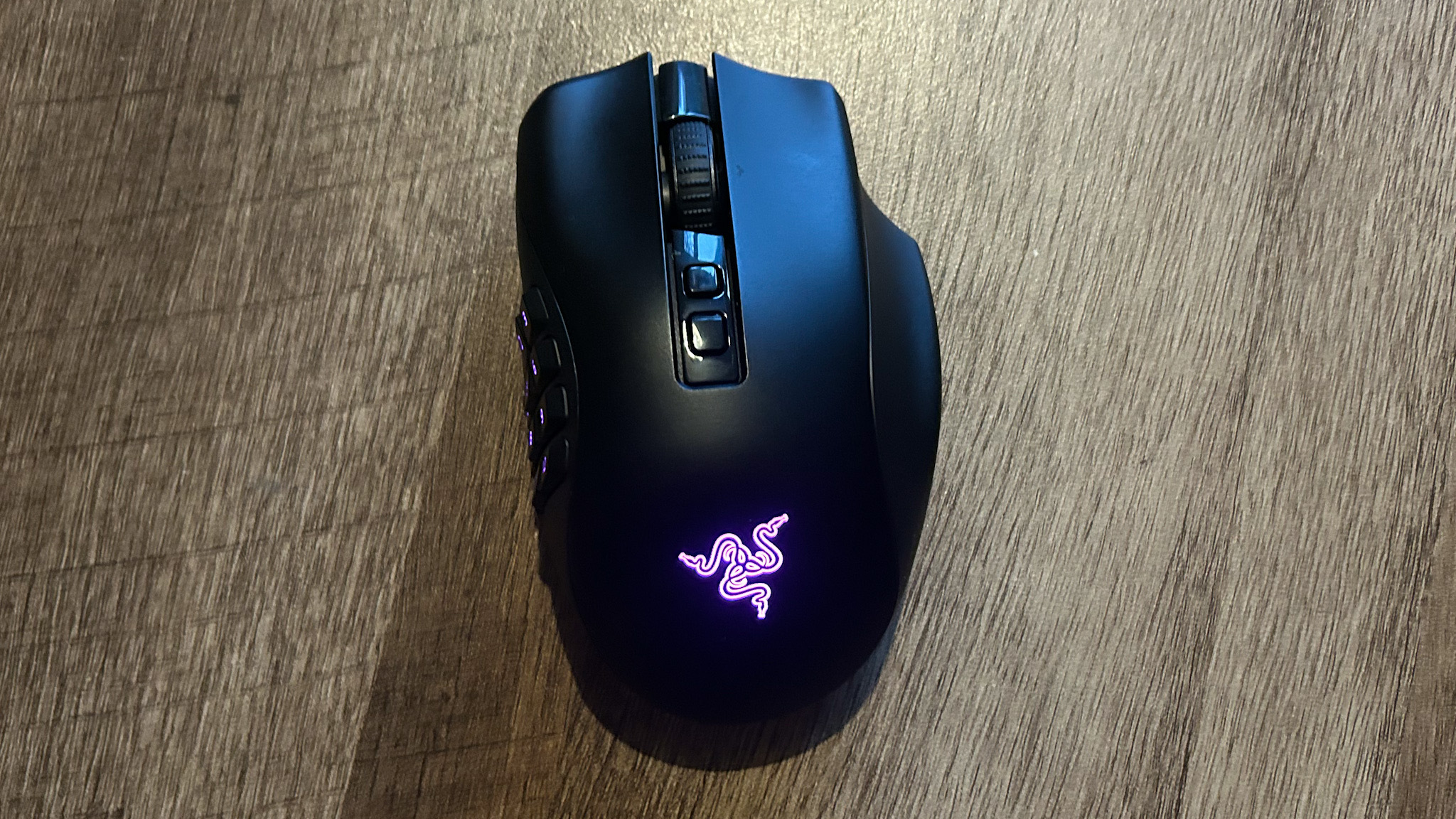
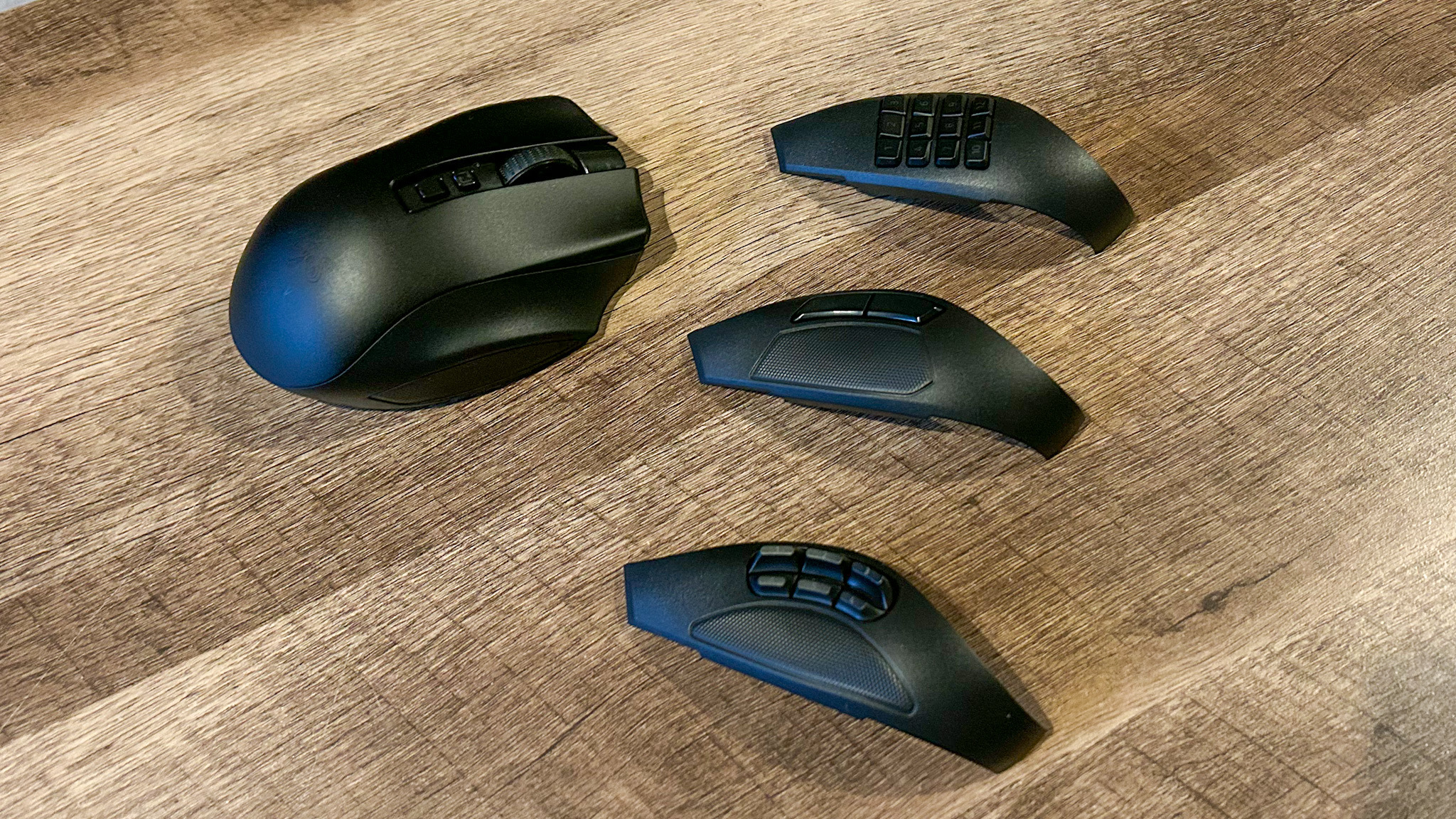
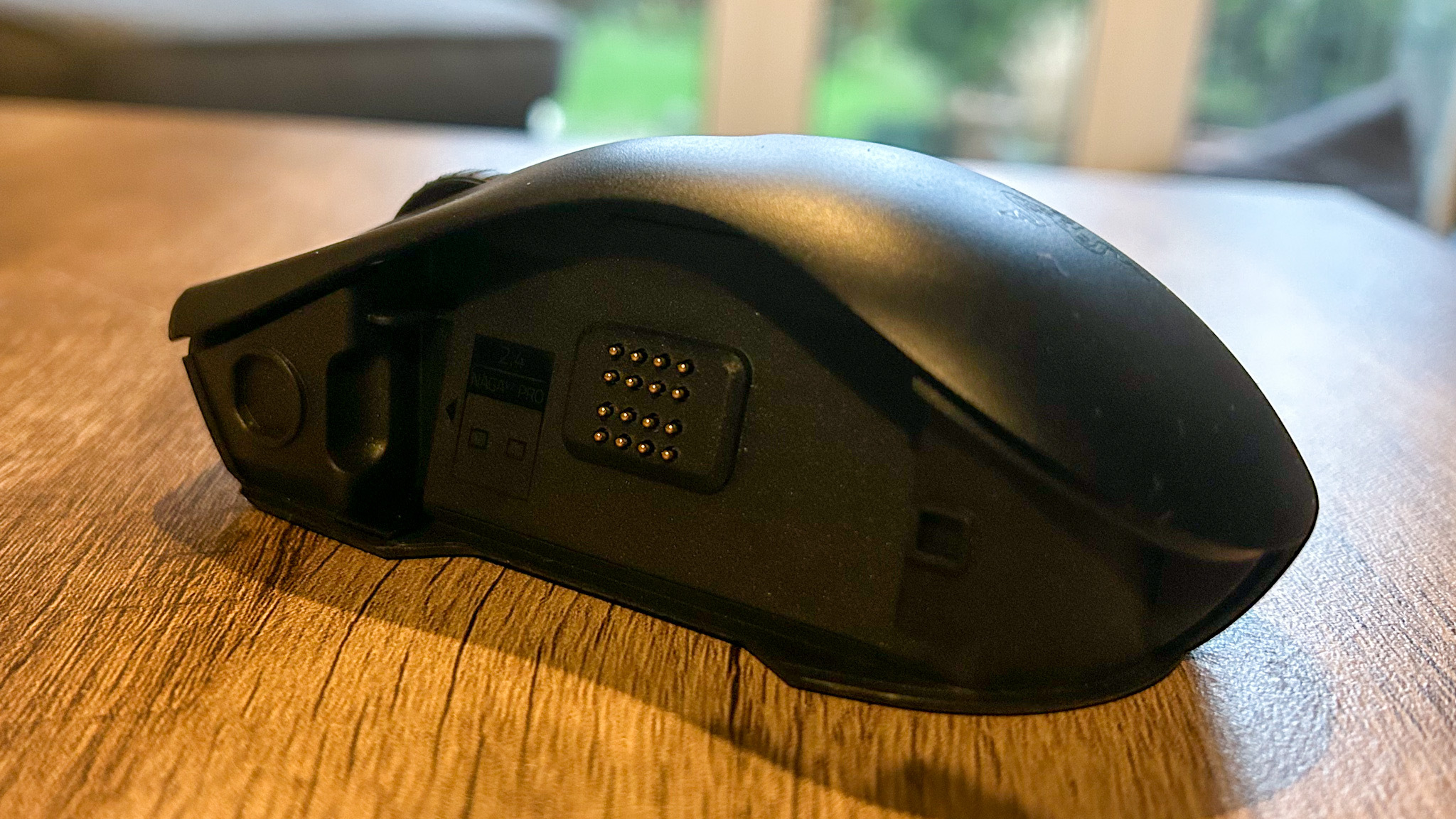
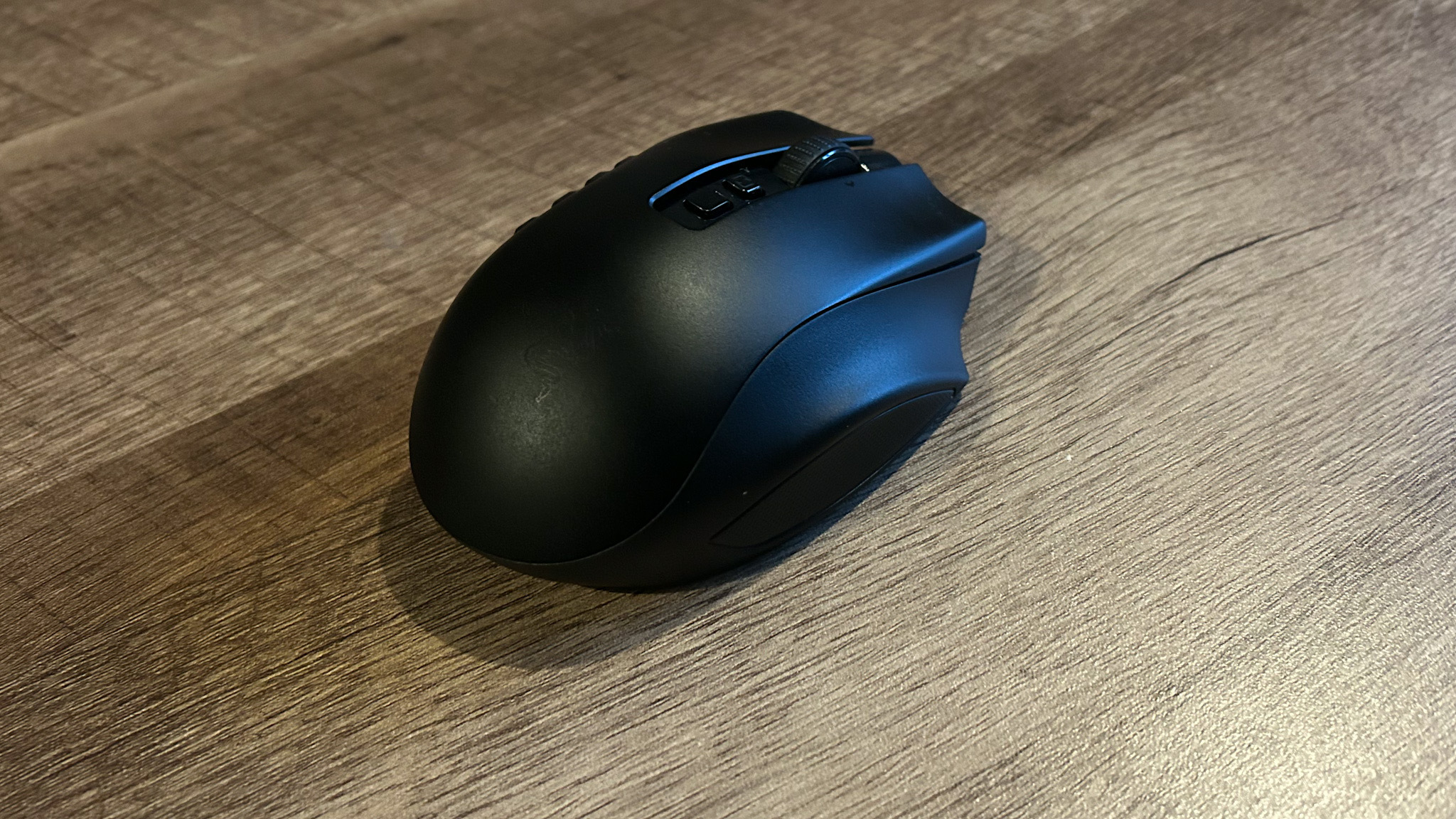
Specifications
Reasons to buy
Reasons to avoid
The Razer Naga V2 Pro picks up where the original Pro model left off. Three swappable side plates offering button configurations suited to a massive range of genres, making for an incredibly versatile device. At $179.99 / £179.99, though, this isn't going to be one for those to dip in and out of everyday play.
✅ You're a genre generalist: Those three swappable faceplates are begging to be used (you're spending a considerable chunk on the extra functionality, after all). That means the Naga V2 Pro is best placed serving someone with a wider range of genres in the library.
✅ You prefer a high dome: Hate flat gaming mice? The Naga has a particularly high back to it which nestles neatly in the palm.
✅ You still want to be nimble: Despite its chunkier size, this is still a fairly squat pointer - while its weight keeps it from being too flingable on the battlefield it's still nimble enough to keep up.
❌ You play a lot of faster paced games: The shape and weight of the Naga V2 Pro isn't conducive to faster playstyles, so if you're after a new gaming mouse for first person shooters or more frantic action titles we'd recommend something slimmer.
❌ You don't play MMOs: If MMOs don't feature in your Steam library, the amount of buttons on offer here isn't going to make much sense considering the price you're paying.
Design: There are many things that separate the Razer Naga V2 Pro from the rest of the pack, but the most obvious is the design. Yes, the squat form factor takes some getting used to, but it proves comfortable after some muscle memory reworking. However, the heavier weight means faster paced first person shooter titles are a little difficult to work with. I found that the 134g footprint, and larger domed hump, kept the Naga V2 Pro from being truly nimble on the battlefield, but still provides a solid experience for everyday play.
Features: Of course, the biggest feature here is those swappable side plates. Changing the left flank of your Naga V2 Pro gives you access to a more traditional two-button panel, or a six button array. You can, of course, also keep the massive 12 button console for full macro control as well.
Razer has also added a Hyperscroll Pro wheel to its pointer. Not only does that grant you access to an additional three programmable buttons (for a total of up to 20), but the wheel can switch between six different scrolling modes. Tension and scroll speed can be customized to change the feel and control level of the wheel altogether, stepping between tighter notches and free spinning movement. While that's not a make or break feature, it's a nice to have that kicks in during productivity uses as well.
Performance: Packing a 30K sensor, which offered super responsive tracking and particularly nippy response times in our testing, and a customizable scroll wheel, there are plenty of enhancements here over the original model. The Naga performs incredibly well across a range of genres, though it does feel a little sluggish for true FPS-first style gameplay. Snappy clicks and low latencies still kept everything floating, though, which is impressive considering the bulk of the body it's working through. Wireless performance is excellent and battery life will see you through plenty of sessions without RGB switched on.
Verdict: The Naga V2 Pro is a pricey one, but if you're as invested in MMOs as you are other genres, it's a worthwhile pickup. Yes, the Corsair Darkstar below is going to better serve MMO fans in general, but if you hop between a range of different genres regularly there isn't a rodent out there better suited.
Read more: Razer Naga V2 Pro review
Comfort | 5/5 |
Speed | 2/5 |
Programmability | 5/5 |
Connectivity | 4/5 |
Battery life | 5/5 |
The best gaming mouse for MMOs
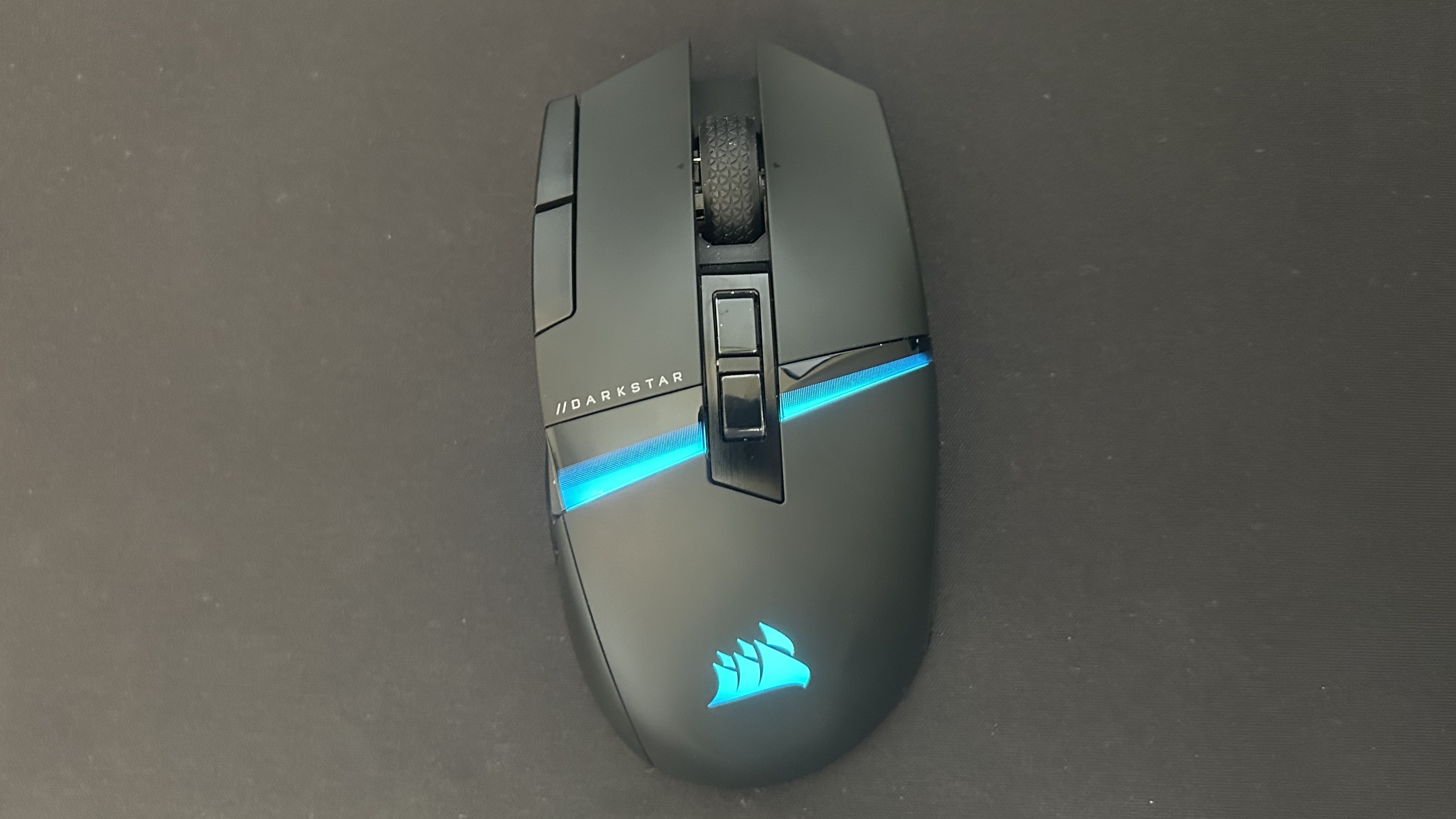
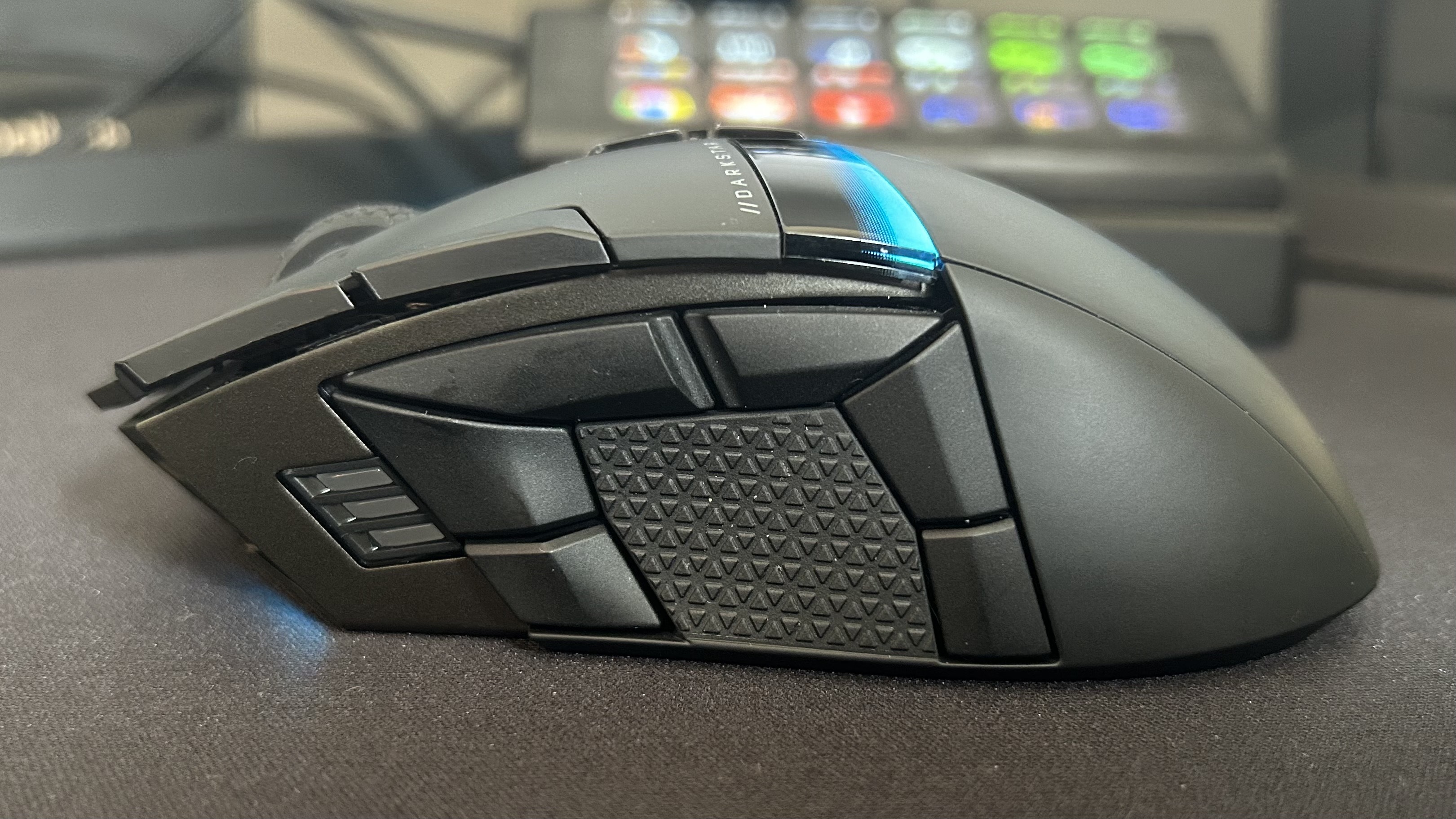
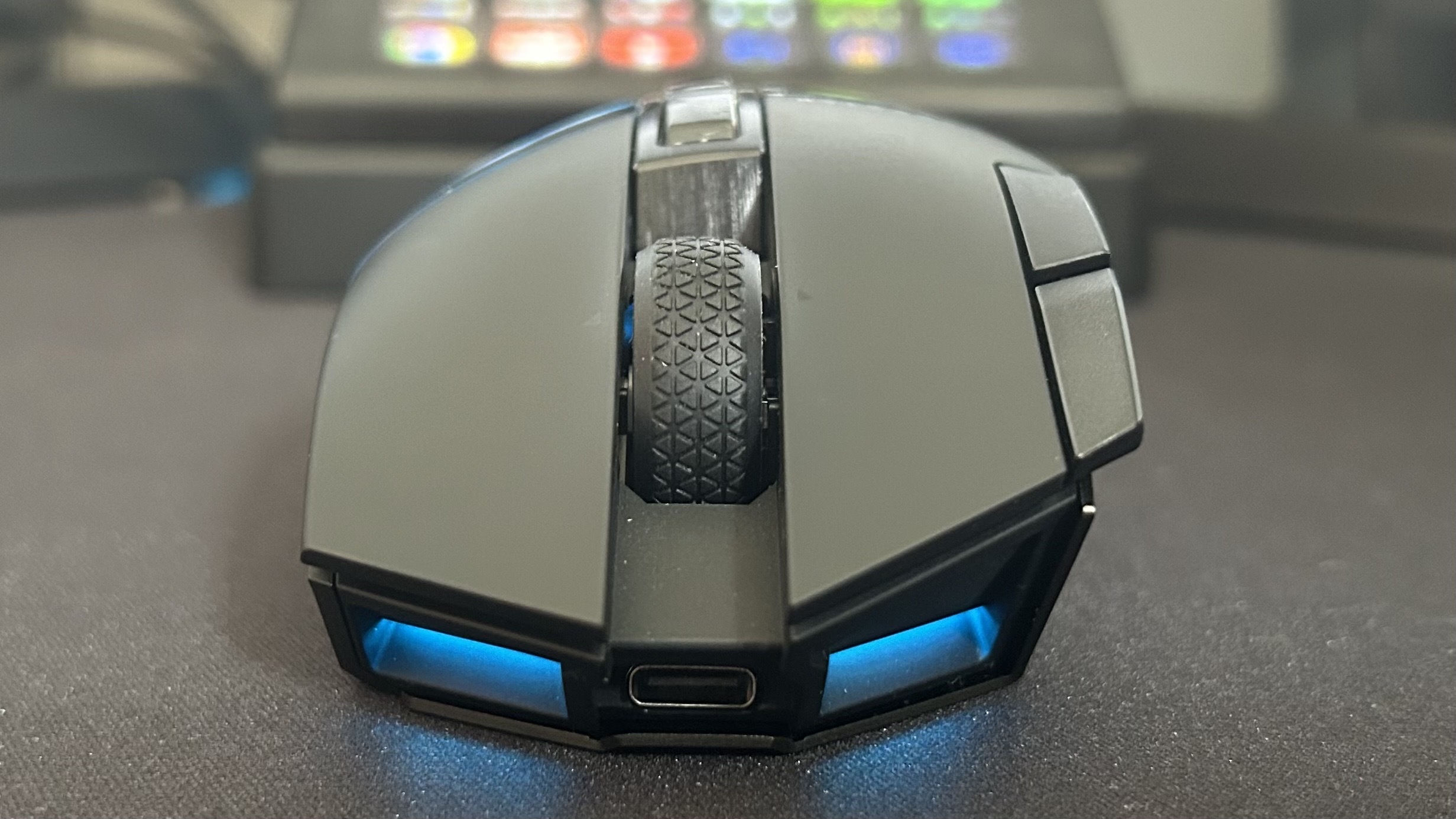
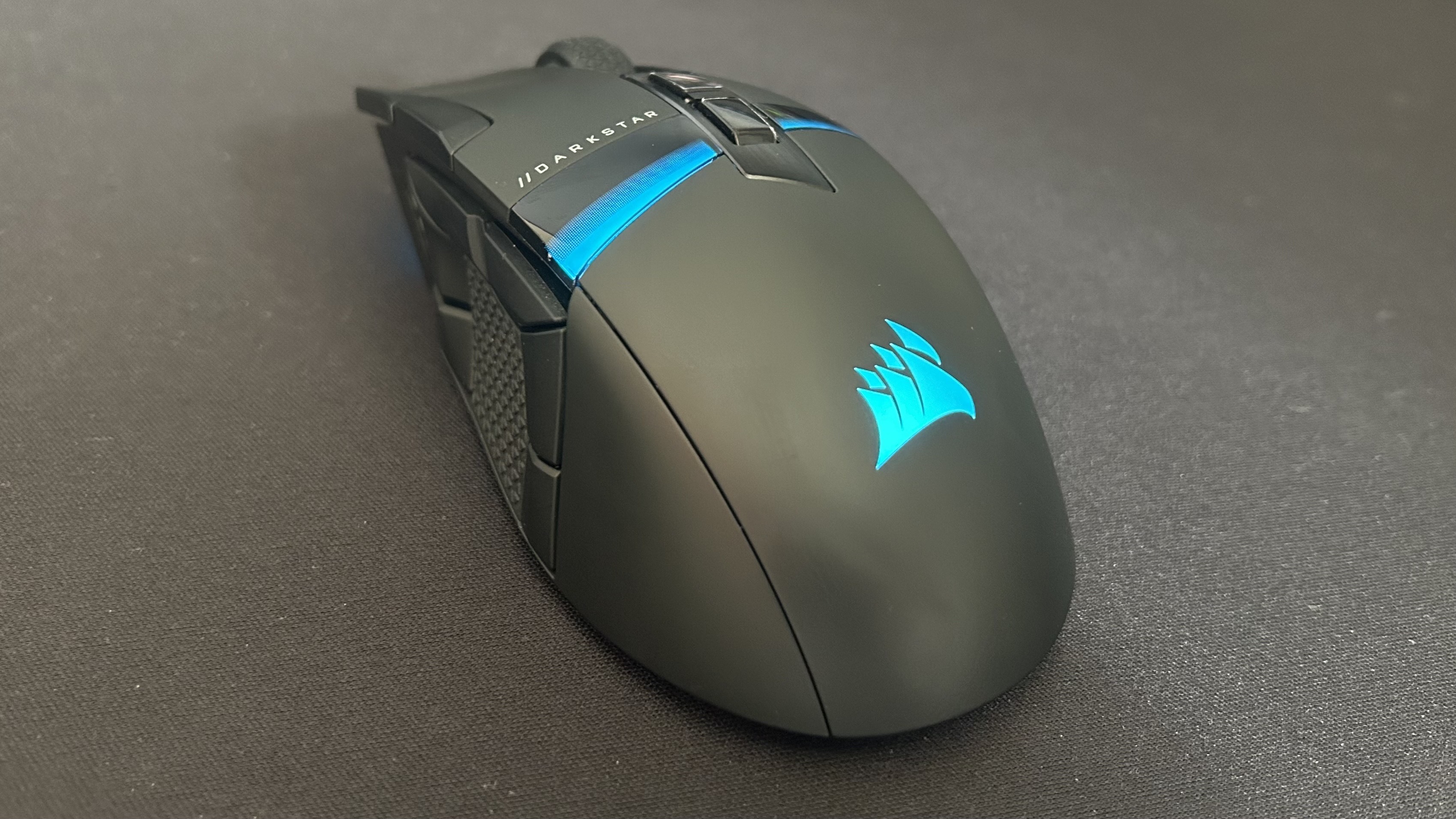
Specifications
Reasons to buy
Reasons to avoid
The Corsair Scimitar RGB Elite used to be my top pick for the best MMO gaming mouse, but the new Darkstar Wireless has just taken the crown. It's a little different (and you are dropping two programmable buttons), but for the vast majority of players its improvements in comfort and accuracy and its new tilt features are going to prove far more useful.
✅ You play MMOs regularly: MMO players are obviously going to get the most mileage out of this button array, so if you're after a purpose built device, this is an excellent option.
✅ You're not tied to the traditional 12 button style: That said, it's going to take some muscle memory reworking to get used to the circular design, which is going to be easier for those who aren't already tied to the 12 button style.
✅ You want more control: The grippy texture in the centre of the buttons makes for far greater control without any accidental presses - that's handy if you've had to stop using your thumb to move in certain directions due to the more traditional button placement.
❌ You're concerned about button placement: If you don't want to have to learn a new style of button placement, particularly around the rear clickers, it's worth sticking to a 12 button array.
❌ You don't want to worry about charging: The battery life here isn't quite as solid as other mice in this price region. If you don't want to think about charging too often there are longer lasting devices out there.
Design: The additional control offered by a grippy panel in the center makes for a particularly accurate gaming mouse experience. Everything feels nimble and controlled here, without any concerns over accidental button presses. These buttons do take some time to learn, and I found the rear clickers to be a little difficult to reach in the heat of the moment. In general, though - it works. Add an effortlessly comfortable dome and soft-touch plastic throughout and you've got an MMO mouse that can comfortably see you through longer sessions without cramping.
Features: The 12 button panel on the side of the Scimitar has been replaced with a six-button array positioned around a grippy thumb texture. In my testing, that was more than enough inputs for go-to commands and inventory management (alongside the impressively functional tilt controls). What you're dropping in quantity you're making up for in quality though.
Performance: The Darkstar beats the older Scimitar in everything from DPI to IPS to weight, and throws in wireless connectivity across both Bluetooth and 2.4GHz as well. The best part is its flexibility though. The Scimitar was a made-for-MMO mouse, which left us feeling a little OTT when playing in other genres. However, hopping between Elder Scrolls Online and more story-led experiences like Alan Wake was easy thanks to this more refined design and boosted 26K DPI sensor.
Verdict: This is an MMO mouse made to hit every box in its own way. While it will take some muscle memory training to get it working to its best, putting that work in is well worth it not just for fans of the genre, but for multi-game generalists as well.
Read more: Corsair Darkstar Wireless review
Comfort | 4/5 |
Speed | 3/5 |
Programmability | 5/5 |
Connectivity | 4/5 |
Battery life | 3/5 |
The best gaming mouse for large hands
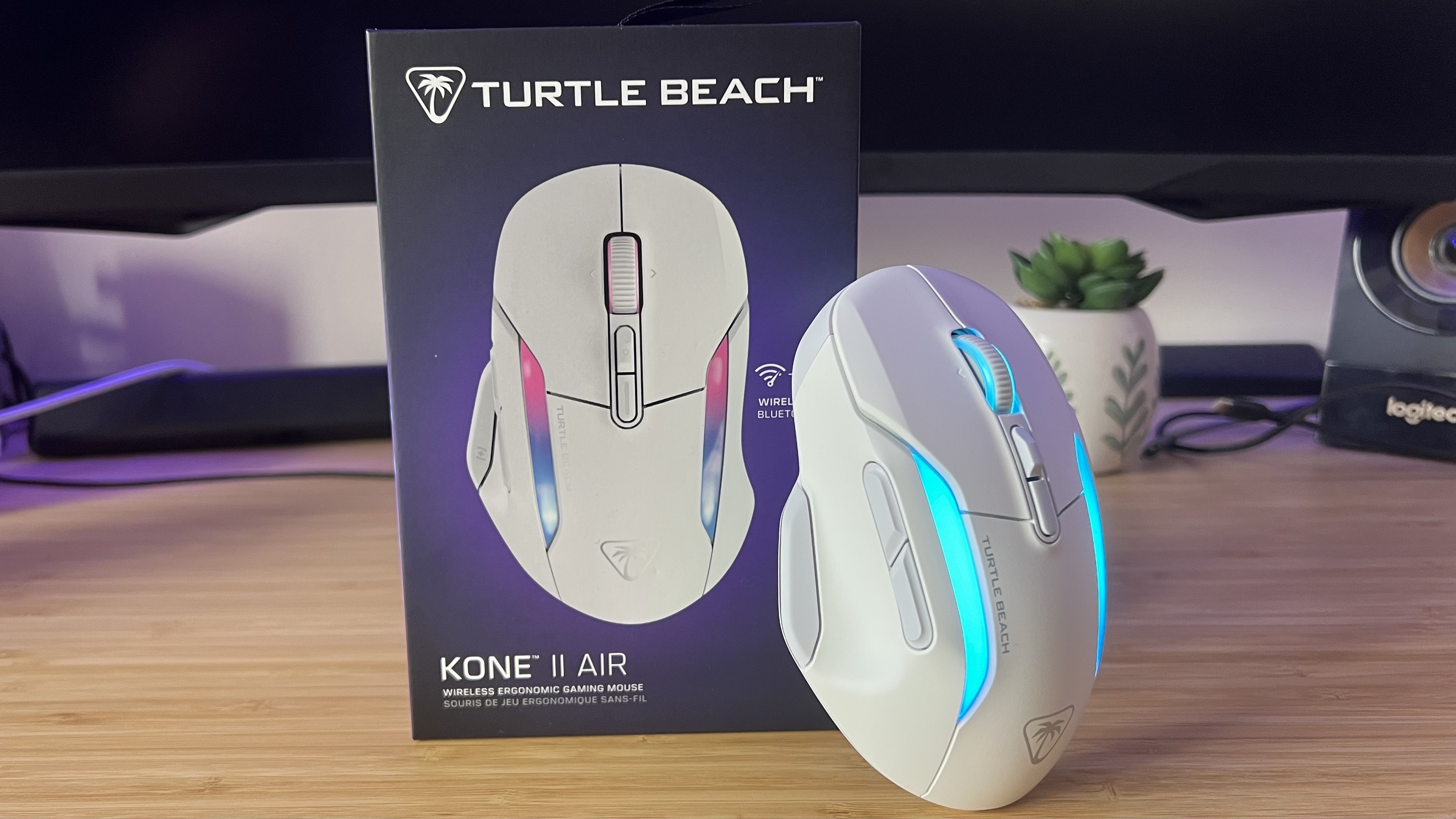
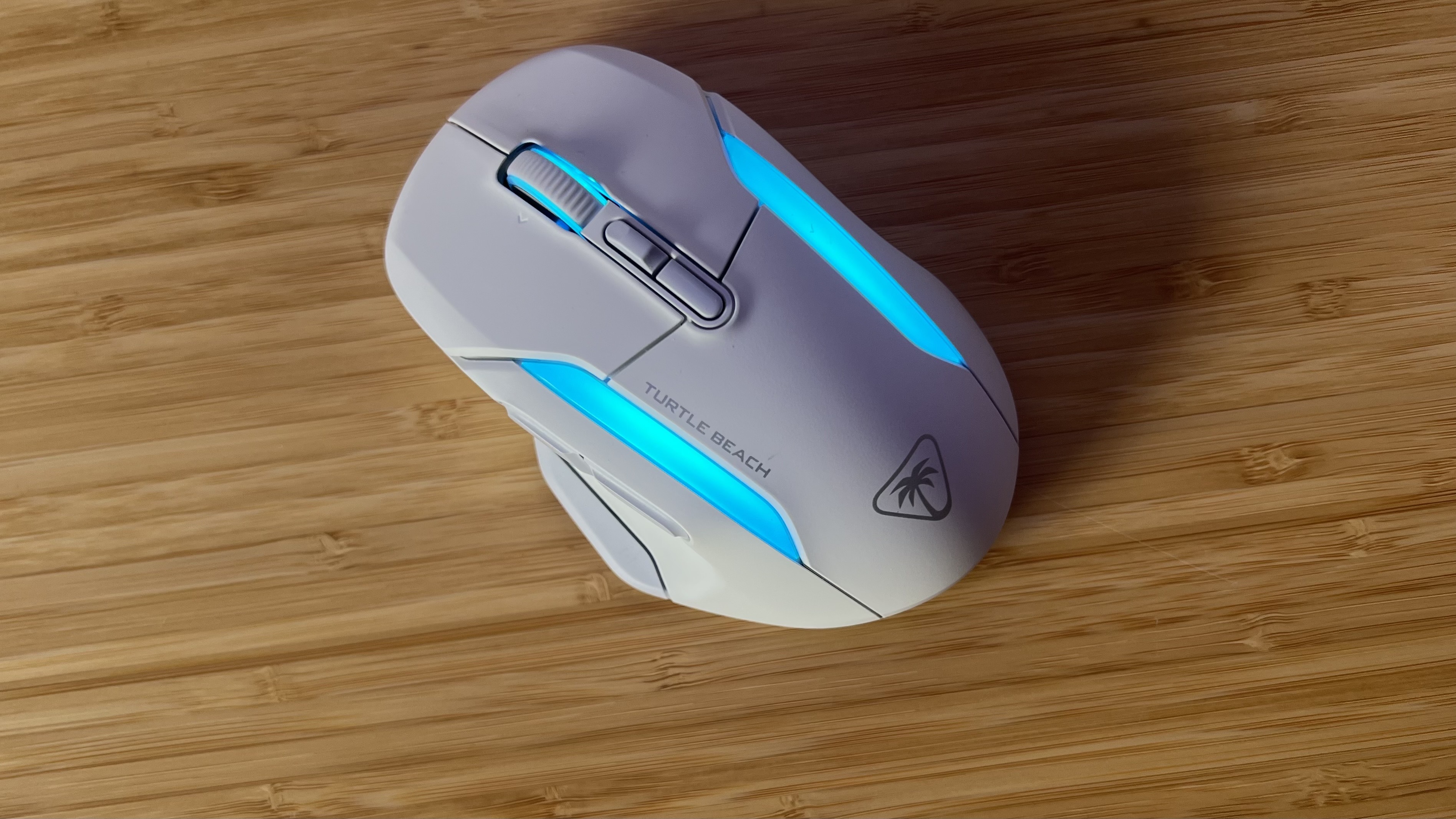
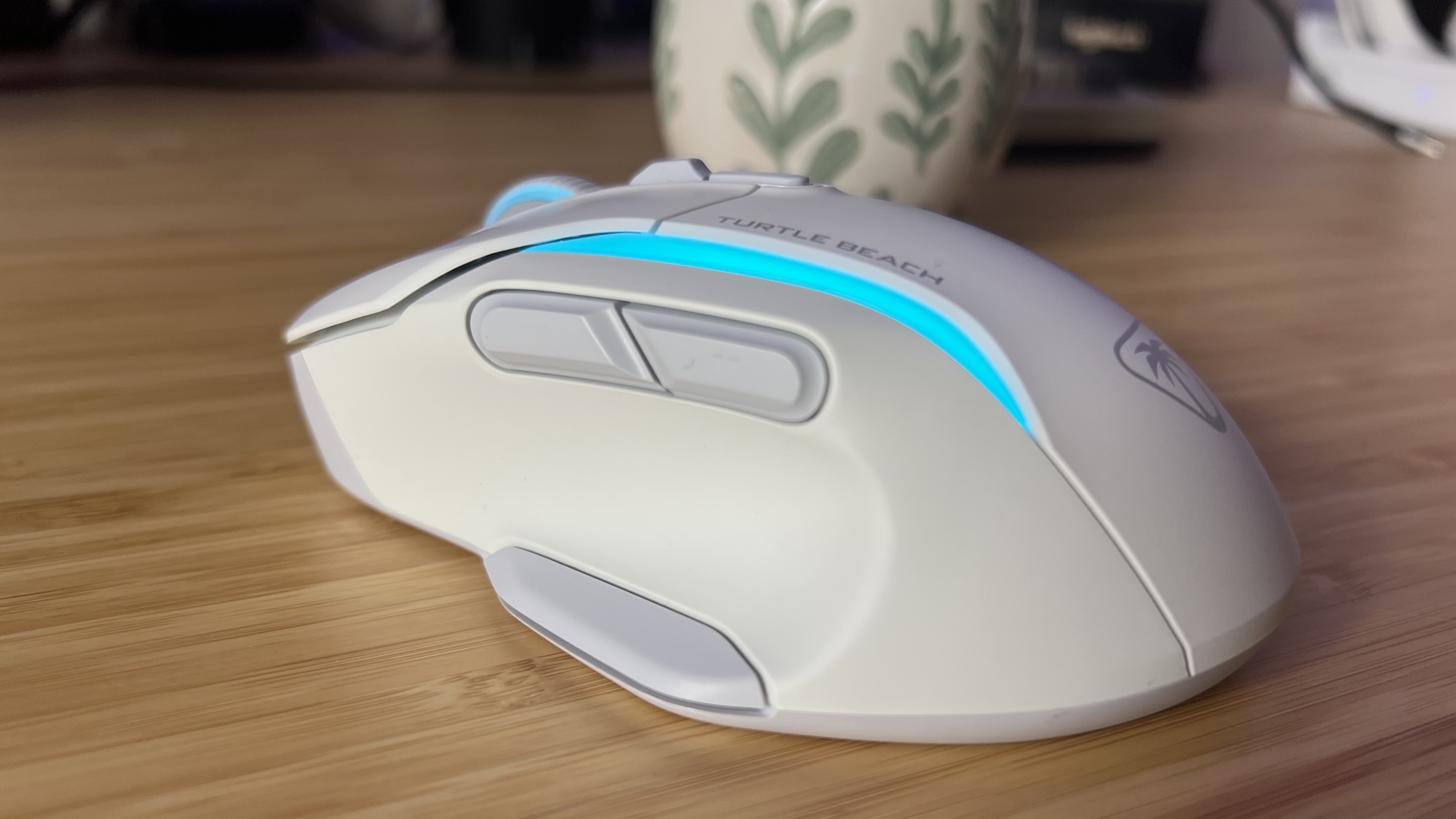
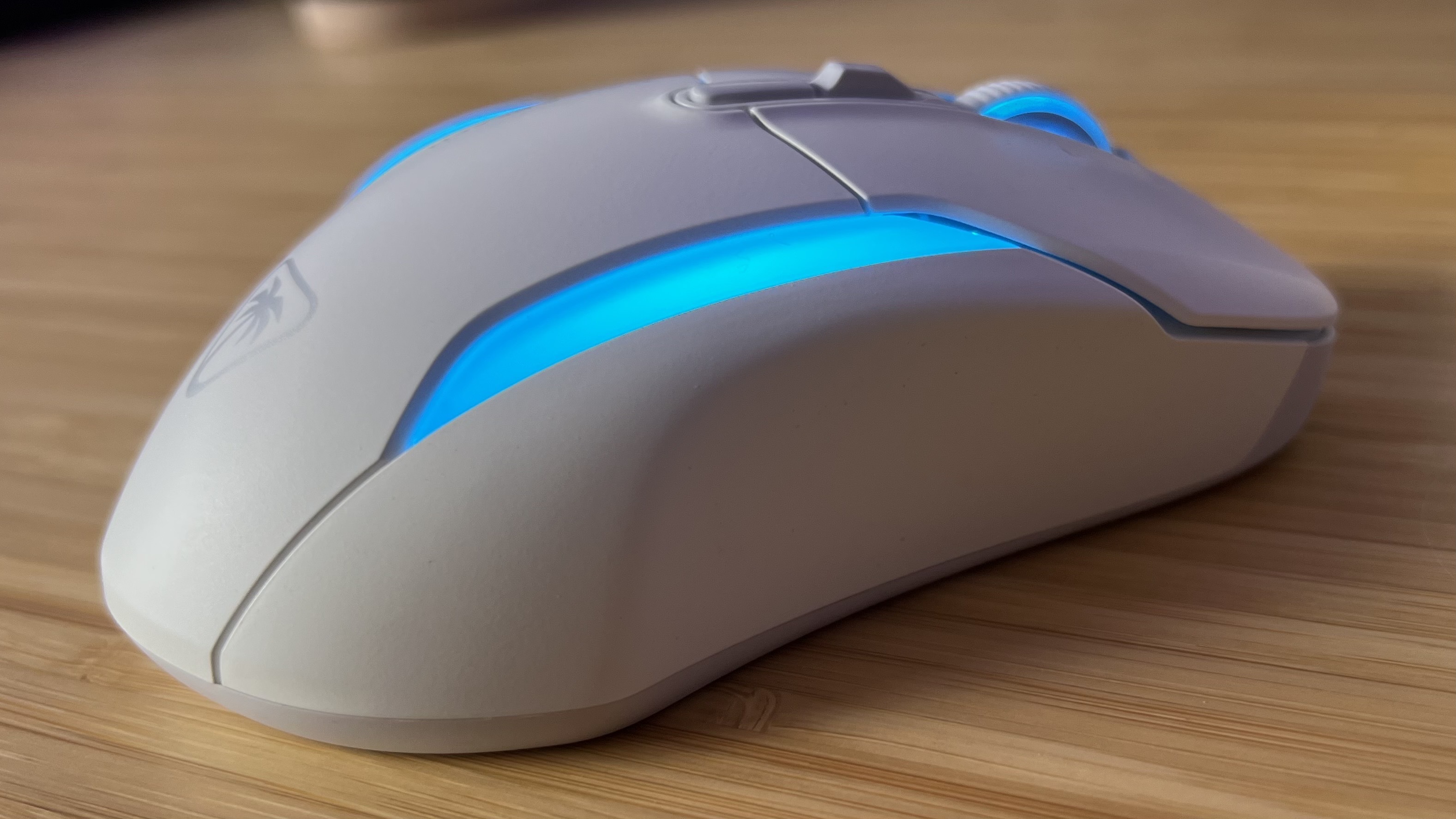
Specifications
Reasons to buy
Reasons to avoid
The Turtle Beach Kone II Air picks up Roccat's line of wide-set pointers after the brand was absorbed. Whereas previous iterations on this design had felt a little too cheap to really justify their price points (even if they were lower than the rest of the competition), the latest release looks, runs, and - most importantly - feels like the real deal. This is a particularly wide base with a chunky architecture that will fit a larger hand like a glove.
✅ You use a palm grip: The flat palm grip is the most comfortable hold on this particular mouse - excellent if you like to keep things loose.
✅ You need plenty of programmable inputs: With more buttons than your standard FPS mouse and a whole separate function layer to use, there's plenty of customization points here.
✅ You play action games: The sensor under the hood is still speedy despite the higher weight of the mouse. That makes this a particularly good option for fast-moving single player adventures.
❌ You play competitively: A lower weight is going to feel far more nimble on the battlefield if you do play competitive FPS games.
❌ You have smaller hands: While we were able to get on with the larger size of the Kone II Air with slightly smaller hands than average, it might not be to everyone's comfort.
Design: The Turtle Beach Kone II lives and dies by its chassis design. This is an incredibly well-tuned body with all the right curves and indentations exactly where you need them to be. The overall shape is flatter and wider than you might expect from a more modern gaming mouse, but it lends itself to a relaxed palm grip particularly well. I never, for example, found myself pinching the mouse around the pinky area, or gripping too tightly during more frantic moments.
The shape and weight are conducive to a far more relaxed experience, with a thumb rest on the left and a pleasing soft-touch matte finish. If you do prefer a little more arch support, it's well worth considering the Razer Basilisk V3 Pro line, both the Pro and Pro 35K cater to larger hands well, but provide an addition height that some will find more comfortable for a palm grip.
Features: One of the biggest features of the Kone line all together is its programmability. There are nine individual buttons ready for customization here (two up top, three on the side, and four in the scroll wheel), but the brand's Easy Shift functionality means that actually leaves you with 21 possible macros. It's essentially a function key for your mouse, allowing you to access a whole new layer of programming.
The side buttons themselves are nicely placed with just the right level of tension to avoid accidental presses. If you do have smaller hands, you might struggle to quickly roll your thumb across the two side buttons. This was my only concern surrounding the placements of those clickers themselves though. The Kone II Air also replaces the AA batteries of the previous model with a pretty strong rechargeable battery, and allows for Bluetooth, 2.4GHz, and wired connections.
Performance: This isn't a performance mouse - instead it's a pointer designed for comfort and functionality while still providing a snappy feel on the battlefield. The weight and size means it doesn't fare as well in CS2 and Apex Legends as the Razer Viper V3 Pro would, but that Turtle Beach Owl-Eye 26K sensor can still put up a fight when it matters. Tracking is super responsive and accurate, with plenty of additional customization options available in the Swarm software. The main click switches feel softer than others I've tested (most notably the Corsair Darkstar Wireless), and they're slightly heavier than Razer's optical clickers. In real life use that meant a few dropped repeat presses and a little fatigue when spamming clicks.
Verdict: The Turtle Beach Kone II Air is a fantastic gaming mouse for anyone with larger hands looking to prioritize comfort and programmability. While it's not fast enough for more competitive endeavours it will see you through longer sessions without fear of cramp.
Read more: Turtle Beach Kone II Air review
Comfort | 5/5 |
Speed | 3/5 |
Programmability | 5/5 |
Connectivity | 5/5 |
Battery life | 4/5 |
Also Tested
Not every gaming mouse I test hits all the right boxes to sit at the top of the list, but if the above options don't satisfy there are plenty more out there. You'll find all of my recently reviewed gaming mice just below.
Razer Basilisk V3 Pro 35K | Available at Amazon
The Basilisk V3 Pro 35K is the latest in its line, but considering it only adds a few extra small features to the existing Pro model (which can regularly be found for $50 less) it's far from the best value on the market. This is a larger device with a heavier feel, but if you're going for comfort and precision over speed and agility it's worth a look.
Read more: Razer Basilisk V3 Pro 35K review
Razer Viper V3 Pro | Available at Amazon
The Razer Viper V3 Pro is still a fantastic gaming mouse, and it's actually a better alternative to the Logitech G Pro Superlight 2 DEX if you use a fingertip grip. However, its sensor, chassis shape, and overall feel can't quite compete against Logitech's latest flagship for more common claw and palm grips. This was my favorite gaming mouse on the market for a long time, though, so it's definitely still worth a look.
Read more: Razer Viper V3 Pro review
Alienware Pro Wireless | Available at Amazon
Alienware's Pro Wireless gaming mouse is certainly fast, with a fantastic glide and a comfortable form factor. However, it doesn't do enough under the hood to compete with the Razer Viper V3 Pro.
Read more: Alienware Pro Wireless gaming mouse review
Glorious Model O 2 Mini Wireless | Available at Amazon
The Glorious model O 2 Mini Wireless hits the same feature set and price point as the Razer DeathAdder V3 Hyperspeed, so it only narrowly misses out on a position at the top spot. While its slightly faster sensor and longer battery life aren't to be ignored, it doesn't quite offer the same extra features as Razer's option and comes in slightly heavier.
Read more: Glorious Model O 2 Mini Wireless
Glorious Series 2 Pro | Available at Amazon
The Glorious Series 2 Pro came for the Razer Viper V3 Pro this year, but walked away worse off. It's a slick mouse with plenty of speed under the hood, and 8Khz wireless polling straight out of the box. However, it doesn't do enough to justify itself against the slightly more expensive Razer option and places too much of its cost on esports-focused features to be valuable to a more casual player.
Glorious Model D 2 Wireless | Available at Amazon
The Glorious Model D 2 is a particularly comfortable mouse with a surprisingly low weight. It doesn't quite excel in enough areas to knock anyone off their positions on this list, but if you've got larger hands and you're after a sub-$100 pointer this is an excellent option.
Logitech G Pro X Superlight 2 | Available at Amazon
We recently tested the Logitech G Pro X Superlight 2 and were impressed by its comfort considering the low weight design. While it's not quite as nippy enough to go up against the Viper V2 Pro in this FPS-first category it's an excellent option for those with larger hands.
Razer Viper V3 Hyperspeed | Available at Amazon
The Razer Viper V3 Hyperspeed steps away from the low profile, slimline design of yore. Instead, the cheaper device focuses on value for money in a wireless gaming mouse. However, there may be too many sacrifices in here for some players.
Razer Cobra Pro | Available at Amazon
The Razer Cobra Pro is a fantastic feeling gaming mouse looking to keep you company across everything from first person shooters to slower titles. That said, it's a jack of all trades and doesn't excel in any particular use-case over another - and its smaller form factor won't be for everyone.
Razer DeathAdder V3 | Available at Amazon
It may be wired, but if you're looking for a snappy FPS-first mouse that doesn't adopt the traditional skinny form factor of such devices the Razer DeathAdder V3 is where it's at. It missed a spot on this list due to its cheaper feel and reliance on a cable, but it's a comfortable option for those with larger hands.
Roccat Kone Air | Available at Amazon
It's a lower mid-range option, but the Roccat Kone Air doesn't drop enough from its price tag to match the sacrifices you're making in everyday use. While there are plenty of programmable inputs and a wireless connection for a solid rate, the unbalanced weight, cheaper feel, and limited preset options keep it from the top list.
MSI Clutch GM31 | Available at Amazon
The MSI Clutch GM31 is a cheaper alternative to the more premium skinny FPS-first gaming mice on the market. It drops your DPI down to 12K, but that's still more than enough for the everyday player. Plus, it includes a wireless charging dock straight in the box - you'll pay a lot more for that from the likes of Razer. It is a cheaper build that likes to creak, though.
Logitech G Pro Wireless | Available at Amazon
The Logitech G Pro Wireless was previously our top ambidextrous gaming mouse, but its overall value, speed, and comfort were outshone by the newer Corsair M75 Air in 2024.
Razer Viper V2 Pro | Available at Amazon
The Razer Viper V2 Pro was once our top pick for the best gaming mouse on the market thanks to its speed, battery, and nimble form factor. While the V3 Pro has changed that design considerably, the newer model does overtake its predecessor on the shelves. However, if you prefer a flatter design this is still very much worth a look.
SteelSeries Aerox 9 | Available at Amazon
The SteelSeries Aerox 9 packs a 12-button side panel but still manages to retain an 89g form factor thanks to its honeycomb design. That means it goes up against the Corsair Darkstar Wireless for MMO games and does so at a slightly cheaper MSRP. The side buttons are a little heavier than Corsair's though, and the taller, cut-out design won't fit all hand shapes.
SteelSeries Aerox 5 | Available at Amazon
The SteelSeries Aerox 5 shares the holey design of the Aerox 9, but ditches the 12-button array for a simpler set of four side buttons. Regularly on sale for just under $100 / £100, the Aerox 5 goes up against the Razer DeathAdder V3 Hyperspeed for value, but those extra clickers are a little more difficult to miss than on Razer and the comfort is reduced by the materials and shape.
How we test gaming mice

Gaming mice are subjective creatures, which is why we run a series of tests across a massive range of genres and use-cases to ensure we're recommending the best products on the market. We bring these mice into our setups and use them daily for both work and play, extending our coverage far beyond our initial review to check for any wear and tear or durability concerns.
The first thing we test is the structural and aesthetic design. This goes beyond checking its looks, though, we're measuring the length, width, height, and weight to make sure it's comfortable with enough thumb support while also being flexible enough to stay nimble on the battlefield. This is also where we assess the build materials, ensuring the plastics used feel durable (checking for any creaks with a firm pinch test from side to side and along the top and bottom of the main chassis) and easily gripped. The curvature, dome height, gradient severity, and button placement are all measured across a fingertip, claw, and palm grip to check that access to controls isn't hindered. We're specifically checking for strains in the fingers and wrist during longer sessions.
We're also constantly monitoring any issues that appear during early testing that could lead to further durability concerns down the line. These include spongey clicks, pinging noises, scuffs and scratches from regular use, the build up of oils, and any wobble on the scroll wheel or main switches.
Then we dive into the advertised features of the mouse itself. We directly compare against other mice that use the same polling rates, programmable buttons, sensor adjustments, and wireless connections, as well as other mice within the same price bracket to ensure a feature list represents good value for money. We run through a complete reconfiguration of the mouse, changing DPI settings, lift-off distances, running through any extra sensor adjustments, and re-setting all programmable buttons. We're using this to test the full functionality and ease of use of each gaming mouse's software.
Where a mouse relies on a wireless connection, we fully charge the device as soon as it comes out of the box and then run it down during regular use. We do this for every available polling rate and power-saving setting, and across both Bluetooth and 2.4GHz connections where available. If a mouse uses RGB lighting, we'll run the test twice, once with lighting at 50% strength, and another with lighting full off. If a gaming mouse battery runs for longer than we have the capacity to test, we will run representative tests for 50% of the charge time.
We use each gaming mouse across both Apex Legends and CS2 to test its base competitive performance, while also running it across a range of everyday titles. In general, these games will be made up of our backlogs and current play rosters, but the catalog will always include an action-based melee and a third person shooter experience.
You can read more about our commitment to providing honest recommendations through extensive testing in our Hardware Policy, and we're also showing you exactly how we test gaming mice in more detail as well.
How to find the best gaming mouse for you
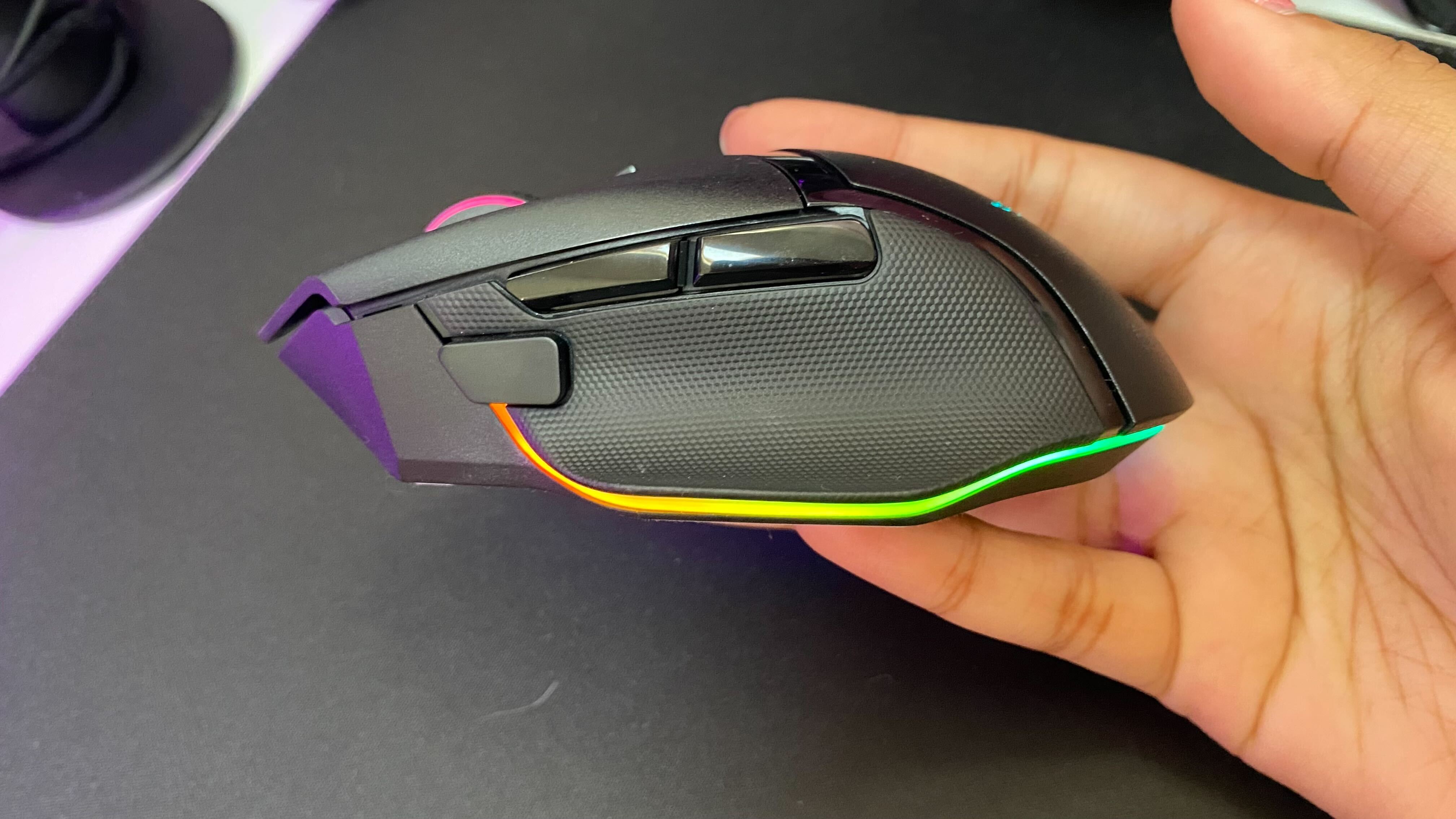
It's easy to forget that the right gaming mouse for you might not be the latest or greatest release. In fact, it's worth getting to know what you need from a gaming mouse to make the right choice when it comes to checkout.
There are a few specs and features that you should always be looking for when browsing the shelves - just to make sure you're keeping up with the times. However, knowing your preferred grip, the types of games you'll play, and the level of software control you're after will also help you narrow down your options significantly.
Grip Type
Why you can trust GamesRadar+
For all the jargon involved in buying a gaming mouse, it's easy to forget the biggest factor of all - comfort. You will naturally hold your mouse in a certain grip, usually either a palm, claw, or tip grip. The size and shape of your mouse will determine whether it is comfortable to hold in this way, so it's worth noting how you naturally place your hand on the pointer and double checking your chosen mouse will fit you.
- Palm: you hold the mouse with most of your hand and fingers resting on the mouse itself - aim for a wider mouse with a taller back arch.
- Claw: only the bottom of your palm and the tips of your fingers are in contact with the mouse - aim for a shorter mouse with a small but still pronounced back arch.
- Fingertip: there is very little contact between your hand and the mouse, with only your fingertips touching the buttons and sides - aim for a smaller body with as flat a back as you can find.
Wired vs Wireless
Wireless gaming mice are gathering steam these days, as models hit the market that can overcome the traditional latency that used to come with untethering. However, it's still worth noting that you'll be paying a lot more for a wireless mouse that functions like a wired one.
These superfast connections still come at a premium, especially when placed on devices with high CPI rates and other fancier features.
A 2.4GHz connection is a must if you're looking to spend a little more on a wireless device, though, as this is the only way you'll pick up competitive response times without a cable.
Weight
Getting the right weight for your mouse will largely come down to the kinds of games you play. Lighter, more agile, mice are required for tournament level FPS play, but should also be considered for everyday action style titles as well. A heavier mouse is more likely to offer more configurable buttons, however, which means MOBA and MMO players may choose to forego that sub-100g profile for easy access to all their gear in-game.
CPI / DPI
In everyday play, some tend to place too much emphasis on the CPI / DPI of the best gaming mice on the market. CPI (or sometimes referred to as DPI) tracks how often the mouse's sensor tracks the surface it's on. The higher this rate, the less you'll need to move your mouse to register movement on the screen.
CPI has been exploding recently, with mice now starting to push past the 20K sensors that were so impressive just last year. It's worth noting, though, that these incredibly sensitive settings won't be used from day to day, so an 8K or 10K sensor on the right mouse can still give you the edge.
Gaming mouse glossary
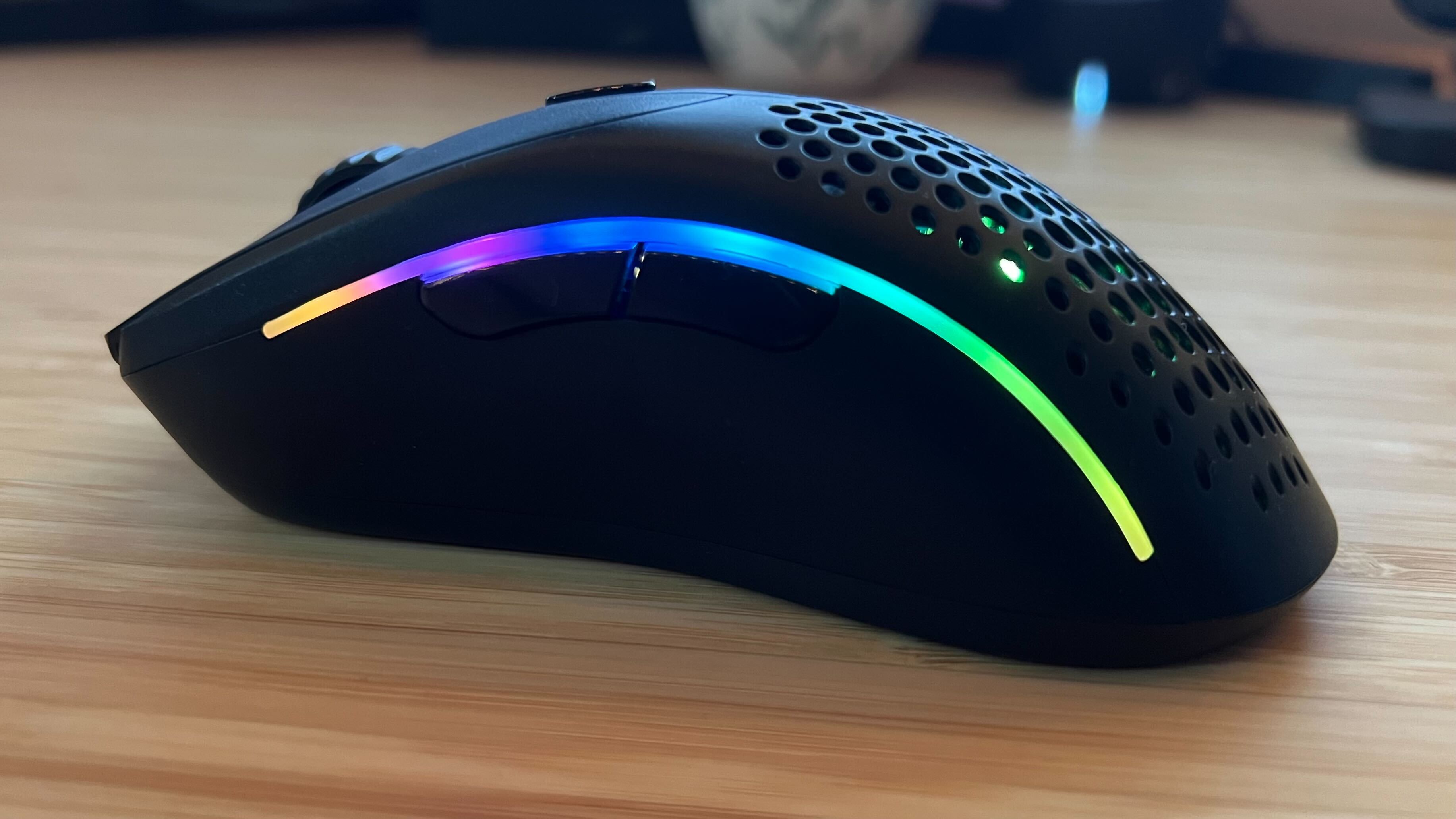
Who knew a simple gaming mouse could spawn so many strange words. You'll find all the commonly used terms batted around in marketing and spec sheets just below, so that you know exactly that you're getting.
Acceleration
Acceleration refers to the process of a mouse cursor moving along the screen at a different speed, depending on how fast the mouse itself is moved. A mouse that offers extra acceleration will be more difficult to master in the heat of battle, it's harder to reliably predict your movements.
CPI / DPI
CPI and DPI are used interchangeably when speaking about a gaming mouse's sensor. The term refers to both counts per inch and dots per inch and relates to the number of times your mouse reads the surface underneath it for every inch of movement. That translates to the distance of movement of your cursor on the screen - a higher CPI, the less you have to move your mouse for it to register.
IPS
IPS stands for inches per second, measuring the tracking speed of your mouse's sensor. That's how quickly you can move the mouse while the sensor still provides an accurate response to your PC. The higher the IPS the better.
Lift-off distance
The lift-off distance is the maximum height at which the mouse can maintain tracking while being lifted off the surface. The higher the lift-off distance, the more chance you've got of maintaining accuracy while repositioning the mouse.
Polling rate
The speed at which your mouse sends information on its movements and location to your computer.
PTFE feet
PTFE is a material used in the small rubber feet on a mouse, to provide low friction movement and a smooth glide.
FAQs
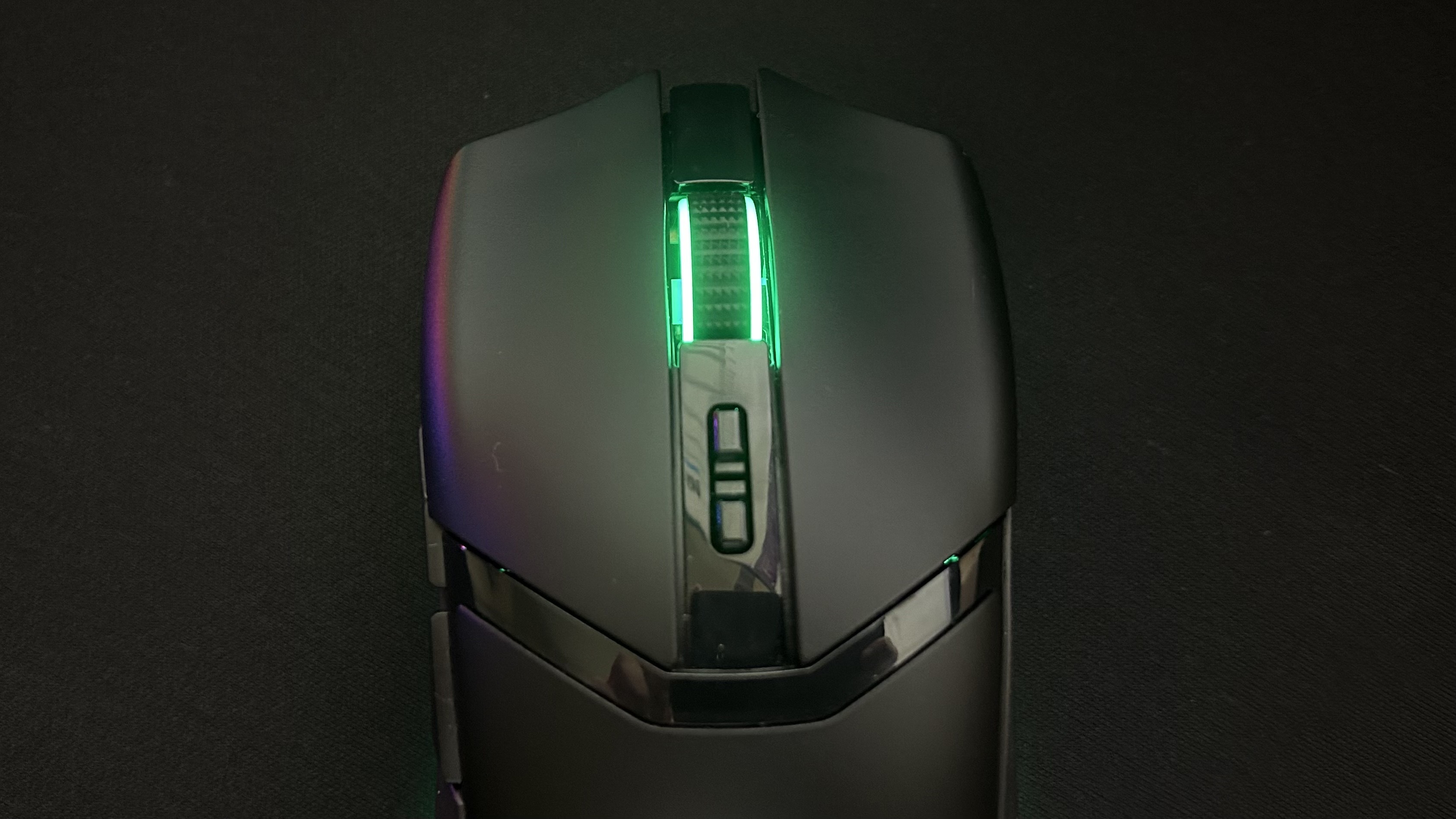
Is 1,000Hz good for a gaming mouse?
A 1,000Hz polling rate is more than enough for casual players, though those looking to get an edge on speed may care to look for a rodent with a 4,000Hz rate. While the former will absolutely see you through as many games as you can fit into a Steam library, speeds are growing and tournament level eSports players find use for even an 8,000Hz rate. Many mainstream gaming mice are starting to adopt this insane speed - but it's worth noting that you don't really need (nor will you notice) this extra level of communication unless you're right at the top of your game.
Which gaming mouse brand is the best?
It's difficult to lock down the best gaming mouse brand, largely because each brand offers a wide range of budget, mid-range, and premium options. There are, however, a few contenders for the prize; Razer, Corsair, Logitech, SteelSeries and Roccat. These brands are all responsible for some of the best gaming mice on the market right now, and each offers a slightly different experience based on what you need from your pointer. If we were to be locked down for a top spot, though, our testing suggests that Razer is leading the competition right now.
Is a wireless mouse worth it?
Back when wireless connections were in their infancy, the best gaming mice were solely corded. That was because wireless latencies hadn't yet evolved to match the speed and reliability of a good old wire. However, these days we see far more wireless models on the market, at lower prices, and with far faster responses. The difference between the two form factors is nearly imperceptible now, which means those looking to keep their desk tops tidy have nothing to fear. While we do still see a slight price increase with the additional cost of 2.4GHz technology and the batteries included in these devices, the benefit may well outweigh such prices if you're after a clean setup with no cable drag.
If you're hunting for the ultimate PC gaming setup, we've got more than a few suggestions. We're also rounding up all the best gaming keyboards and the best gaming chair brands for more peripherals. Or, take a look at the best gaming PC options and best gaming laptop models if you're overhauling your whole setup - And for audio upgrades, check out the best computer speakers and best gaming headsets going.
| Row 0 - Cell 0 | Row 0 - Cell 1 | Row 0 - Cell 2 |
| Row 1 - Cell 0 | Row 1 - Cell 1 | Row 1 - Cell 2 |
| Row 2 - Cell 0 | Row 2 - Cell 1 | Row 2 - Cell 2 |
| Row 0 - Cell 0 | Row 0 - Cell 1 | Row 0 - Cell 2 |
| Row 1 - Cell 0 | Row 1 - Cell 1 | Row 1 - Cell 2 |
| Row 2 - Cell 0 | Row 2 - Cell 1 | Row 2 - Cell 2 |
Sign up to the GamesRadar+ Newsletter
Weekly digests, tales from the communities you love, and more

Managing Editor of Hardware at GamesRadar+, I originally landed in hardware at our sister site TechRadar before moving over to GamesRadar. In between, I've written for Tom’s Guide, Wireframe, The Indie Game Website and That Video Game Blog, covering everything from the PS5 launch to the Apple Pencil. Now, i'm focused on Nintendo Switch, gaming laptops (and the keyboards, headsets and mice that come with them), PS5, and trying to find the perfect projector.
